Introducing Justin Kilpatrick: The Blockchain Bridge Wizard Who Maintains Gravity
Meet Sommelier cofounder, Justin Kilpatrick, who is also the cofounder at Althea, where as CTO he leads development of the Ethereum bridge, a key component on three major chains: Althea, Cosmos Hub, and Sommelier. It’s happening in Justin time. He likes to do everything “now,” which has led to some favorite mistakes and incredible tech chops.
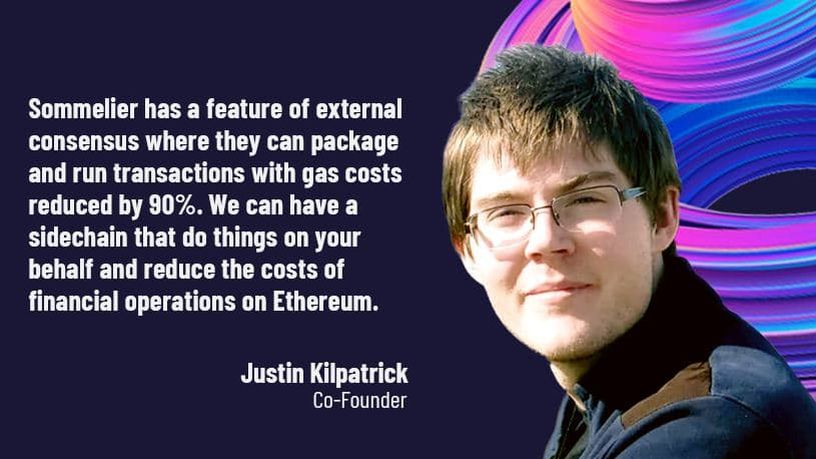
Among his fond childhood memories is sneaking into his parents room to retrieve his father’s big book of software CDs. After blowing a Ubuntu install immediately after his dad had patiently shown him how to reinstall Windows, he was determined to get it right on his own. Success! He enjoyed the challenge and started playing around with open source. “I did a lot of Linux stuff as a kid,” he says. By high school, he had read the Bitcoin whitepaper and declared it revolutionary to anyone who would listen. He recalls:
“Shortly after learning about Bitcoin I became interested in the idea of mesh networks. I could really see how decentralized payment for broadband would solve a lot of problems but I didn’t really know how it was going to work.”
Toward the end of high school he got caught up in other projects, among them running a Minecraft server with a couple of thousand players on it. “It was a little crazy, very weird experience but fun and I learned a lot about dev ops there,” he says.
From College to Red Hat and Beyond
Justin went to college thinking the whole mesh network plus blockchain thing was going to leave him behind. He says: “I thought it’s not the time, I’m not ready and somebody else was going to get there before me. I finished college and got my dream job as a performance engineer at Red Hat working on open source software doing really deep technical performance engineering.”
After a year or so he was ready for a change. Blockchain was getting hot again. Justin recalls:
“I looked around and thought surely somebody’s got Blockchain plus mesh networks figured out by now. And the answer was no. So I’m like, this is my shot. I’m ready now, the problem has waited for me, it’s time to go for it.”
An Open Source Journey Led to Cosmos to Defy Gravity
Justin started out creating an open source project and his future cofounders came calling. First, Jehan Tremback found him; then, Deborah Simpier found them both. Althea just spiraled out from there. Today, the company has operational software and provides internet to several hundred homes and businesses. Right now, Althea accounts for 70 percent of microtransaction activity on EXDai.
“We’re presenting a different way for consumers to buy bandwidth,” says Justin.”The most important commodity in the world is a commodity that anyone can buy and sell.”
Ironically, what brought Althea to the Cosmos ecosystem was the company’s need for micropayment capability for a low fee. Justin explains:
“It’s funny, micropayments have long been the headliner feature for Blockchain, but if you look around all the major blockchains right now are really bad for micropayments. Althea has a product sold directly to normal people working in gas stations, students learning online, teachers, nurses providing telehealth service. We have to provide them with an easy way to make micropayments with low fees at scale.”
This put Althea on a path to the team at Sommelier and the commitment to build a key component: The Ethereum-Cosmos Gravity bridge.
A Revolutionary Solution to a High-Fee Problem
The Althea team originally designed for Ethereum, which has a wonderful financial system. The fees were too high to be practical for micropayments, but Justin thought payment channels would solve this problem. They did not.
“Jehan wrote a very efficient payment channel implementation but it’s just not good for our use case because you’re trying to route payments along with traffic, it just becomes too complicated because now traffic wants to go here, but payment needs to go there. We sat on that problem for months. How do you decentralize payment channels? And we eventually came to the conclusion that it’s as complicated as proof of stake.”
That’s when Justin recalled hearing about Cosmos. He says: “I’d heard about this great proof of stake blockchain system whose people seemed interested in shipping and actually had something that works.These are all things we like because at Althea, we’re big believers that things should be done today. Cosmos was around, working well, and we decided to focus on that. That’s how we got involved with the Cosmos community and a few years later how we started to get involved with Gravity.”
What Is Gravity and Why Is It Essential?
Gravity is a noncustodial, Ethereum- to-Cosmos bidirectional bridge. It can take assets from Ethereum and bring them to Cosmos and then back again. It can also take assets from Cosmos and bring them to Ethereum and then back again.
“What is revolutionary about Gravity is that it is neither a full light client nor a limited multisig,” says Justin. “These are the two strategies that have been used in bridges before.”
The light client solution is technically complicated to implement and theoretically the most secure, but requires an enormous Solidity contract that acts as a light client for your blockchain. The fees attached to writing an entire Cosmos light client in Solidity would be prohibitive.
The other solution, a multisig, has a small group of people sign off on things and essentially control the branch. “This is sort of semi decent at best,” says Justin.
Gravity is a dynamically updated multisig. So, funds are locked into Gravity on the Ethereum side and then they are controlled by the current validator set that has complete control of the Ethereum contract through a constant series of updates. As soon as the validator set changes on Cosmos, it’s changed on Ethereum.
For a developer who grew up with open source, the Cosmos focus on interoperability is a huge plus. Justin believes in a multichain world and a multichain future.
He says: “Blockchains have a lot of potential, they’re a new way to trust. And trust is the most important thing in society. Who you can allow to do something is very important. But that doesn't mean that there’s going to be one winning blockchain, and cooperation is important. I don’t believe in the one true victor of the blockchain world. There are a lot of applications, a lot of different things that need to happen, and that there’s not going to be one chain to rule them all -- it doesn’t make any sense. And, so the Cosmos vision of cooperation rather than this sort of monopolistic competition really appealed to me.”
Over time it’s been borne out. Ethereum is big, provides a good contract abstraction but is very expensive and updates are slow. You have chains like Cosmos that can provide very low transaction fees and different types of functionality and bringing them together is really useful. That’s why Gravity is needed and expands the Cosmos vision of cooperation.”
That’s also backed up by what Althea needs as a micropayments blockchain.
“Blockchains are all great for finance but you can’t pay five bucks to send a thirty cent micropayment. That doesn’t work,” says Justin. “For Althea especially you need guarantees about when these payments come in. If somebody is trying to pay for bandwidth they don’t want to get cut off because the chain is overloaded. That’s not an acceptable consumer experience. So we need to define our own chain and lots of other applications will too. I think that any application that presents blockchain to normal people is going to be supplying some of their own rules.”
He adds: “Althea needs Gravity for DAI, and just DAI, but why not overbuild? Our philosophy is always to build things that are more reliable and can do more than we need.”
Stepping on the Gas with Sommelier
Justin’s experience underscores how cooperation between blockchains can lead to unexpected discoveries. Justin was working with Jehan to optimize gas use in the Gravity design when they plugged in some arbitrary calculations and stumbled upon what he believes may be the most exciting thing in terms of Ethereum gas optimizations to ever be put together. He explains:
“We have this multisig acting as one operator, but it’s actually a decentralized group controlling it and you can have external consensus. So, over on the Sommelier chain, they can package together a bunch of transactions and then run these transactions and the gas cost will be reduced by as much as 90 percent. This is because of a quirk of how Ethereum accounts for gas, namely that it costs 21,000 gas to open a transaction and then you pay for all the code that you run. A lot of operations are just a few thousand gas, so if you get to pay that 21,000 gas once and then bundle everybody’s operations using a trustless side chain, you have this enormous efficiency advantage.”
This totally changes what is possible for financial operations on blockchain.
Justin says: “Now, you can have a side chain do things on your behalf, bundle calls on your behalf, and greatly reduce the cost of your arbitrage or other financial operation on Ethereum. And, that’s something that should definitely be used for financial operations.That’s why Althea is working with Sommelier and helping them develop the features that they need and integrating those into Gravity so that we can take advantage of the absurd potential.”
Having a gas price advantage in this way means that you can trade closer on dexes, arbitrage can be tighter, sales can be faster and more automated.There’s no downside to the sort of optimization that makes the Gravity bridge so efficient. There’s no premium, and it’s designed to save users money. He describes the potential for profound impact: “If you can wait for a batch that could be 100 X cheaper, if you can’t wait for a batch it costs the same as it would otherwise on a multisig system.”
What’s Next for Justin with Sommelier and Althea?
Justin and his team are working on getting the Althea blockchain launched in Q1 or Q2 this year. His team is currently expanding into its first fiber and LTE deployments and accelerating efforts needed to deploy its pay-per-forward decentralized bandwidth marketplace. “At this point, the software is stable, it’s proved out, we are at go-to-market scale-up operations, and we’re starting to look into how to kick that into high gear,” he says.
For Sommelier, Justin looks forward to the final steps toward getting Gravity stable and online. He describes the timeline:
“We are working on an incentivized test net for Gravity early to mid next month. That’s going to be the last big event in parallel with an audit and then Gravity will be production ready. At that point we’ll be working to get Gravity on the Cosmos Hub where users can make maximum advantage of batching with really large batching. And, of course, Sommelier hopefully will be deploying somewhere in that time range to take greater advantage of dynamic programs also in batches.”
The Cosmos Hub, he notes, will be more focused on just transactions, getting your money to and from Cosmos as cheaply as possible. “I don’t think the Hub has quite the risk tolerance to execute complicated DeFi transactions in enormous batches as provided by users.”
For now, Justin’s role is to maintain the Cosmos Gravity bridge that’s going to be used by the entire ecosystem. He says:
“I’m just focused on making sure it is as stable and robust as possible. This reflects Althea’s telecom engineering background in internet service. On your website, an hour of downtime is not so bad. In internet service, an hour of downtime is a disaster. So we have a lot of lessons learned about robust design, engineering, and building things to not only work well but to never fail and to work even when the chips are down and everything’s going crazy. And that’s what we really need for Gravity. Because right now on Ethereum or Cosmos, if things should explode, halt, or have other problems, they just pick a block height and start again. Same thing with Cosmos. But with a bridge if you screw up, the funds are lost. The funds are locked on Ethereum. They’re not going to stop for you.”
So there’s a level of very rigorous engineering that needs to occur to have this sort of thing work and more importantly to have everybody use it. Because there certainly are going to be a lot of consumers and also a lot of people interested in using Gravity for very odd things. They are going to push it to absolute limits that I have not thought of yet.
Justin concludes: “The most important thing you need to know as an engineer is that whatever you build, humans are going to push it harder than you think, and you have to be ready for that. It can get absurd, like those pictures you see of a truck piled high with hay bales like five times its size and weight.”
Time will tell.
You can reach Justin, the Bridge Wizard, and the rest of the team on the Sommelier Telegram community at https://t.me/getsomm.
More articles

Is Speculation Killing Crypto’s Future?

Sommelier's Path Forward: Embracing Revenue Over Narrative

Sommelier January Update
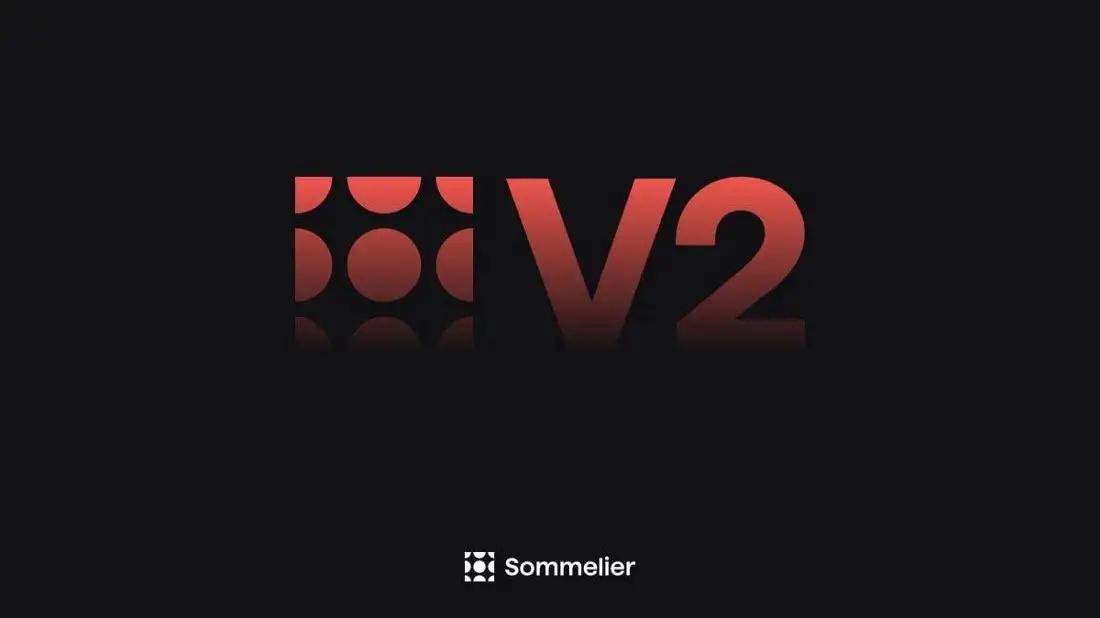
Sommelier Upgrades Cellar Architecture to Enable the Most Powerful DeFi Strategies in the Market

Real Yield USD is Coming to Maximize Stablecoin Yield

Retrospective on 2022 and the Journey Ahead

FAQ - Patache Digital’s Steady Strategies
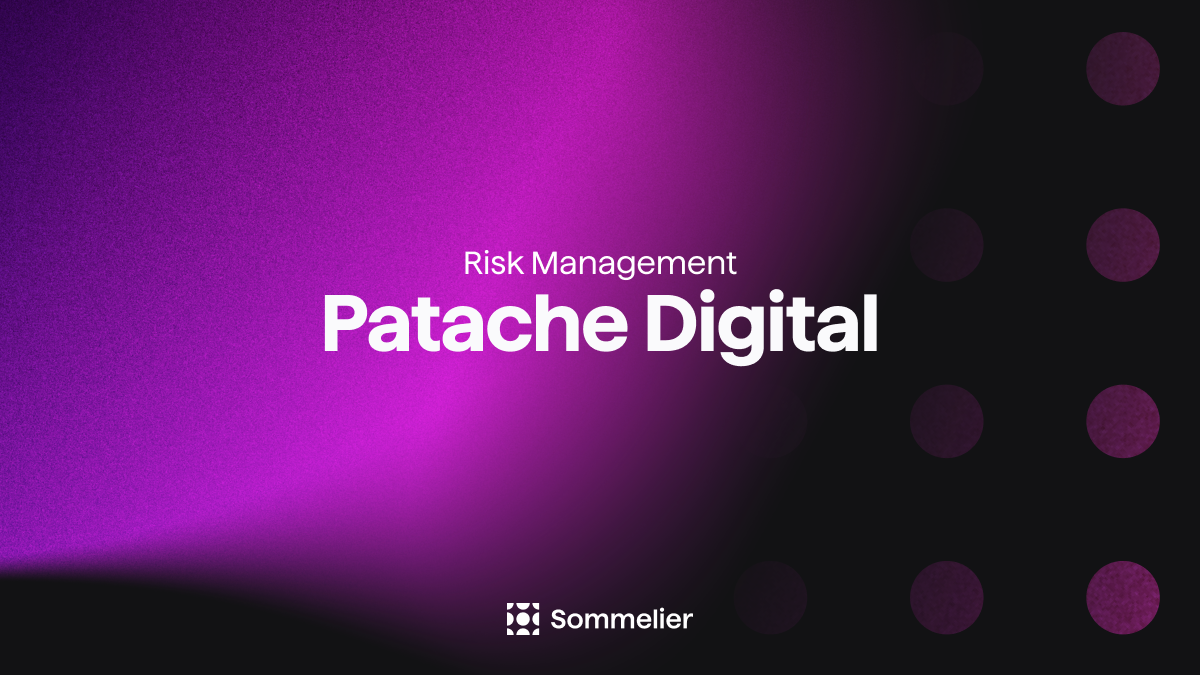
Patache Digital: Risk Management Discussion

Strategy Deep Dive: Patache Digital
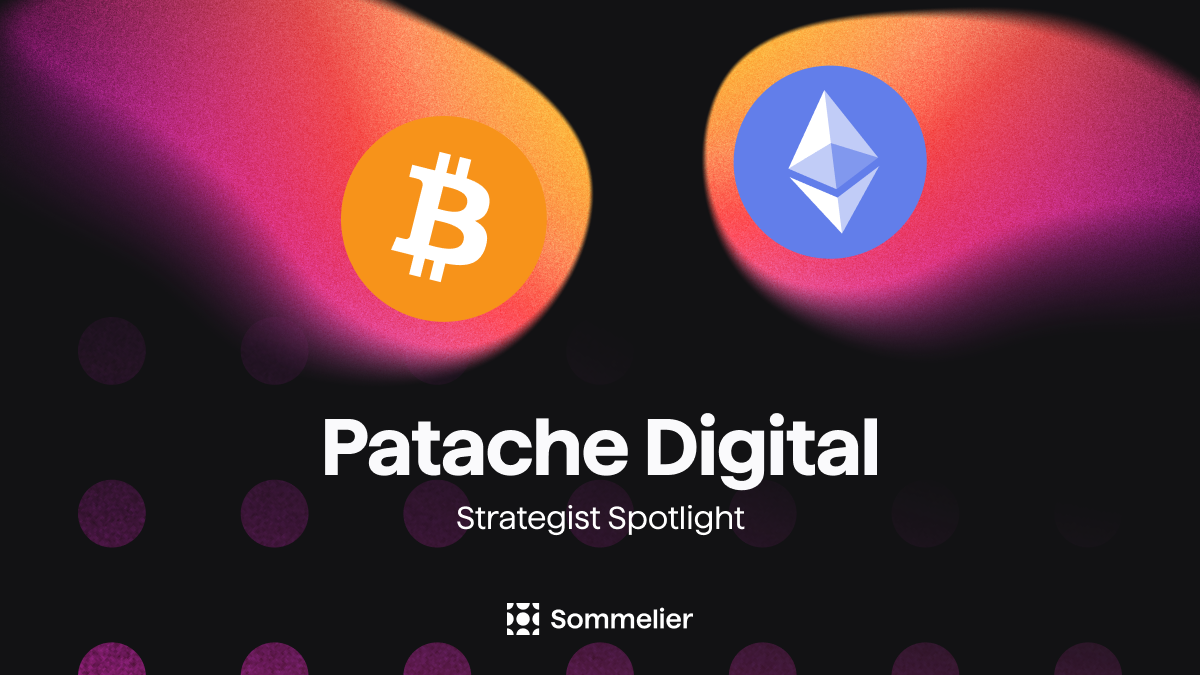
Strategy Provider Spotlight: Patache Digital
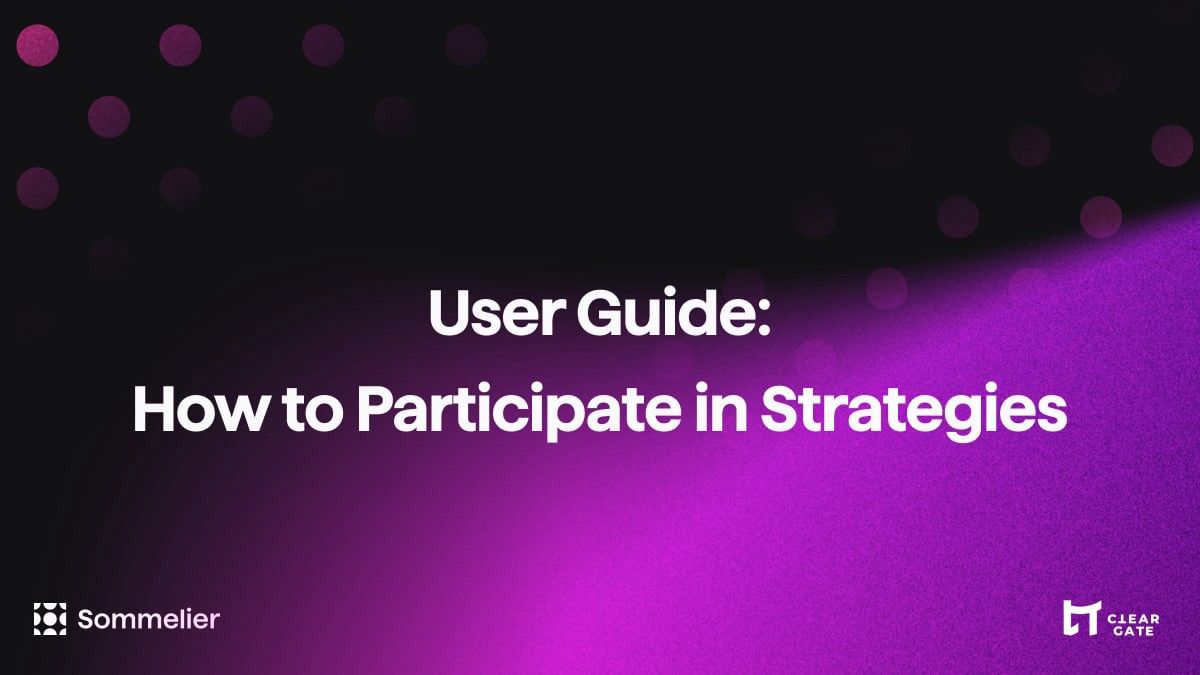
User Guide: How to Participate in Strategies on Sommelier

Sommelier Ambassador Program
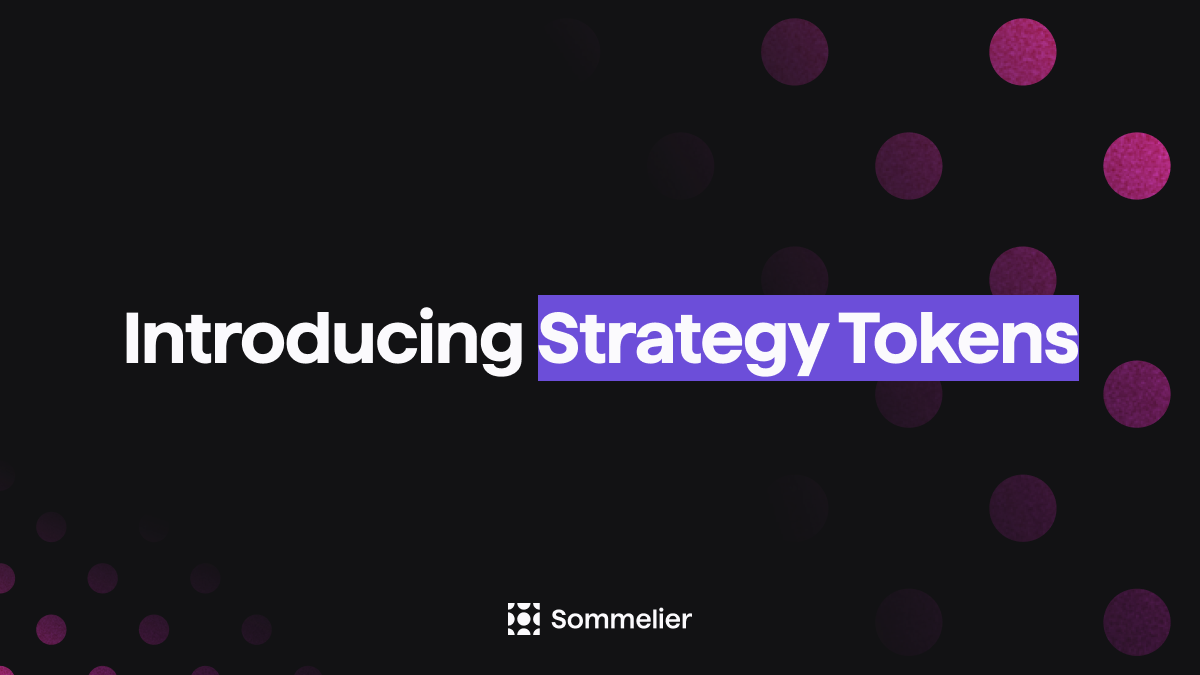
Strategy Tokens: What Are They and How Do They Work?

6 Core Principles of Sommelier
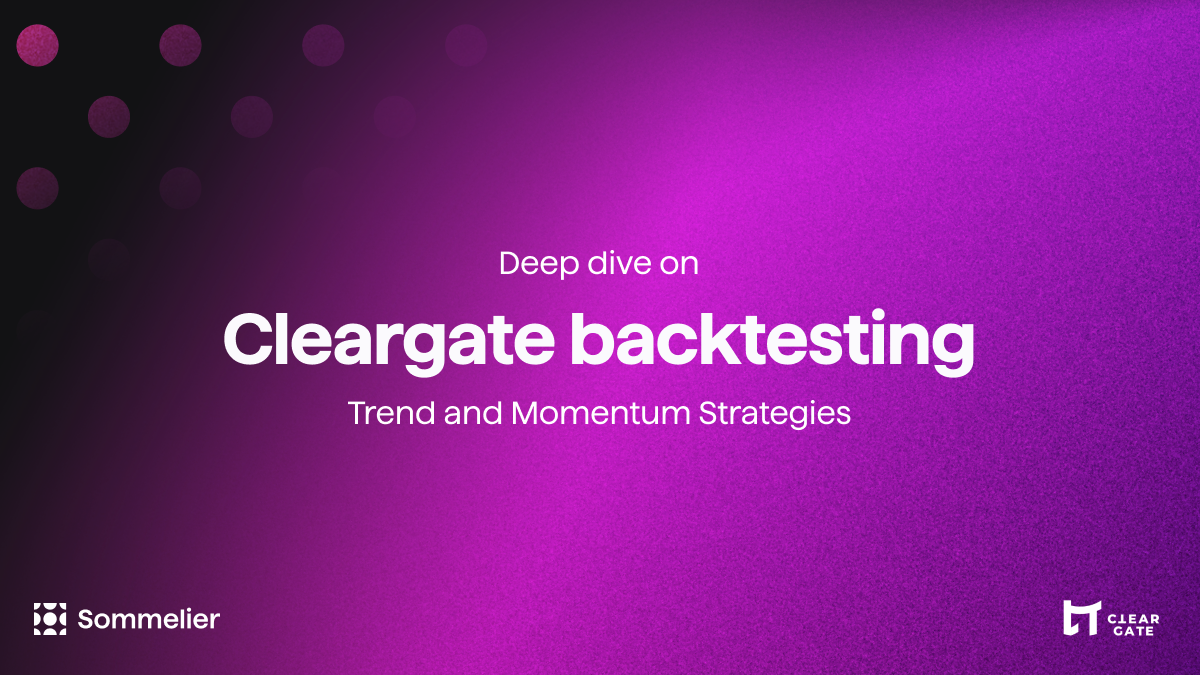
10/10/22 - Deep Dive on Cleargate Backtesting
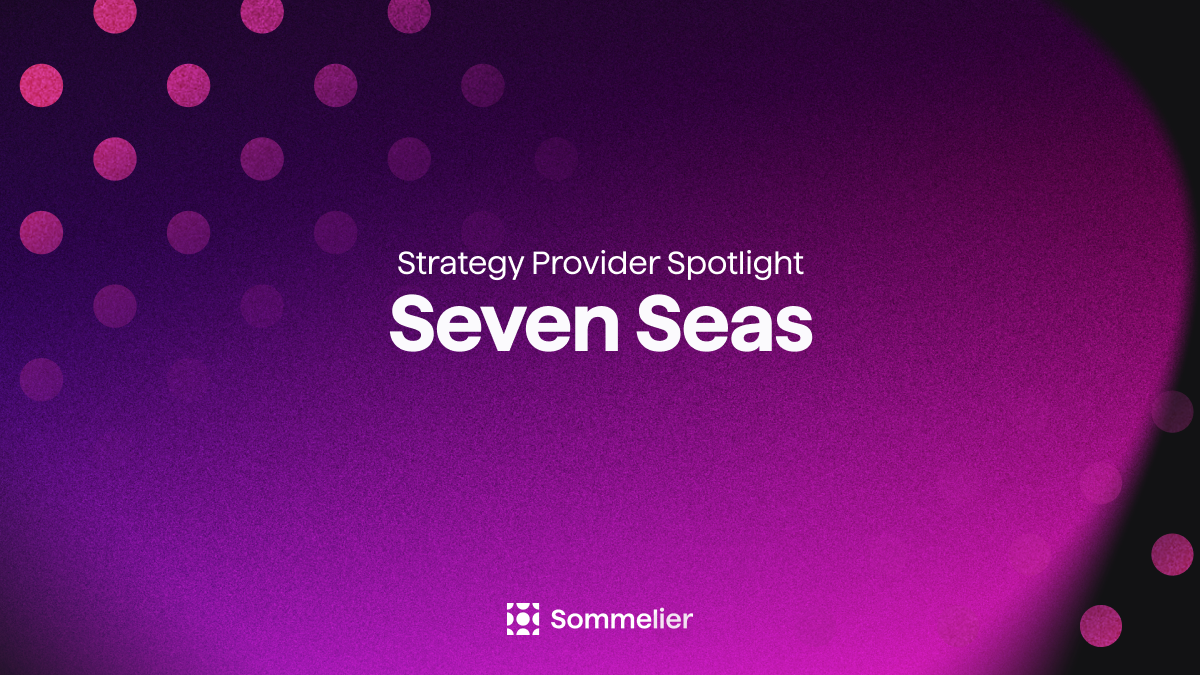
Strategy Provider Spotlight: Seven Seas

Deep Dive on Trend and Momentum Strategies

Strategy Provider Spotlight: ClearGate
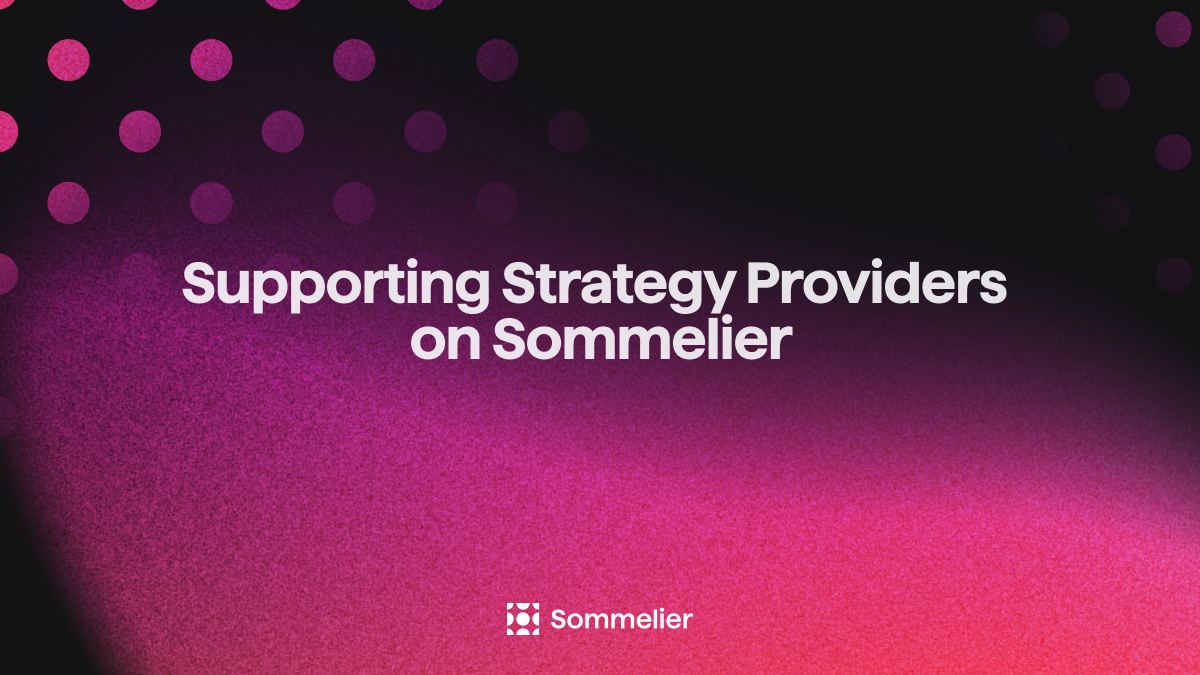
Supporting Strategy Providers on Sommelier
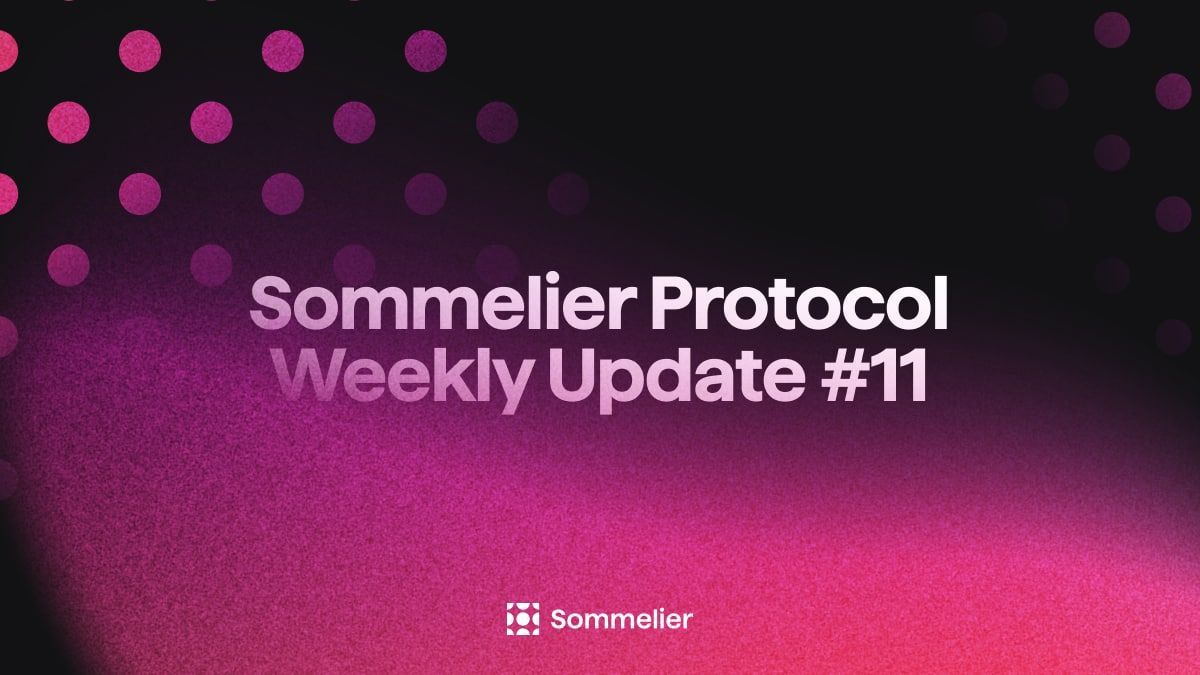
Sommelier Protocol Team Weekly Update #11
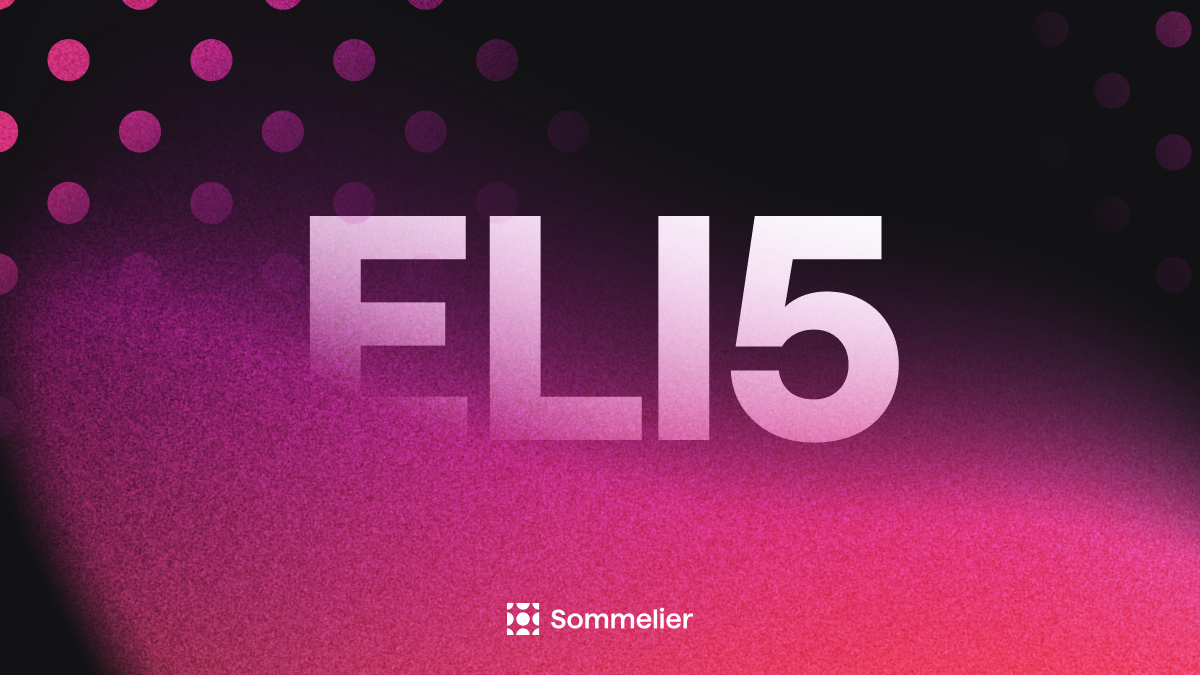
ELI-5 Explanation of the Data Science behind Sommelier’s First Aave Cellar

Sommelier Protocol Team Weekly Update #10
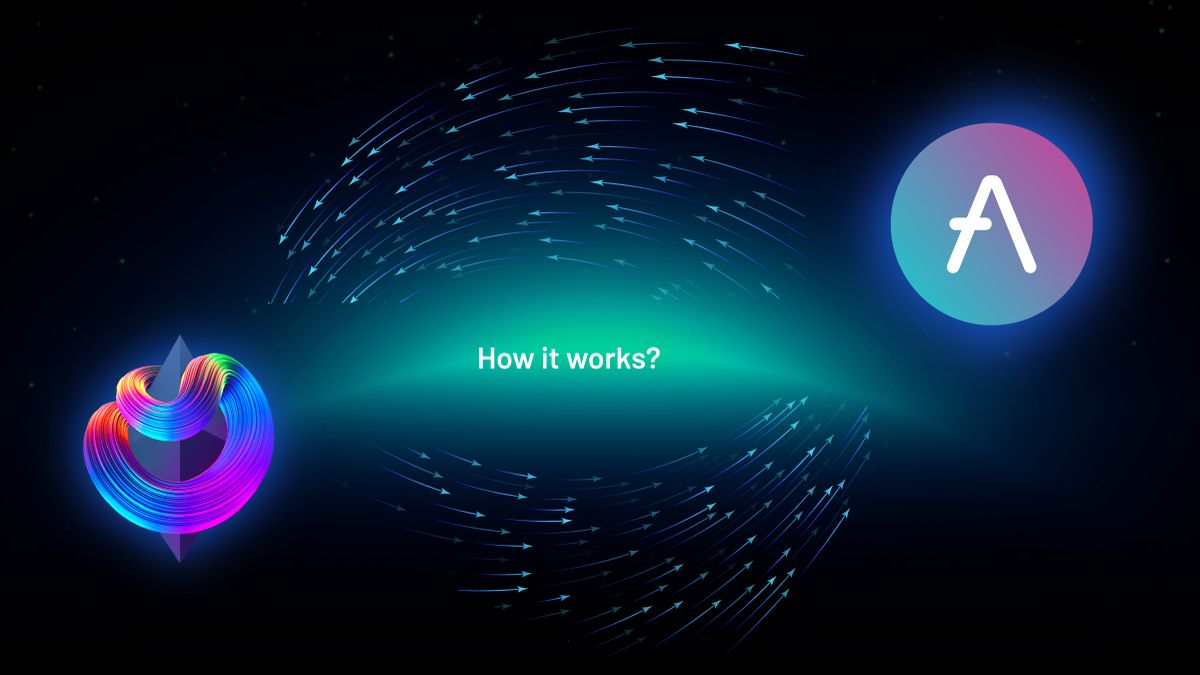
The Data Science Behind Sommelier’s First Aave Cellar
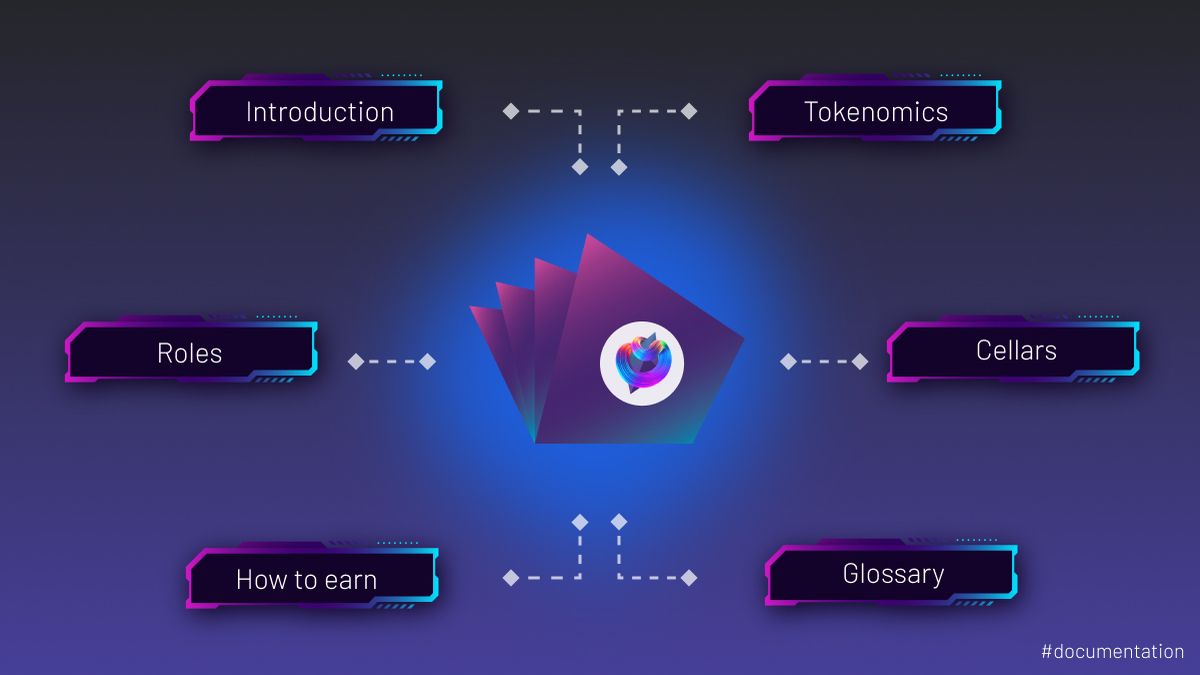
Sommelier Protocol Design Documents

Sommelier Protocol Team Weekly Update #9

Sommelier Protocol Team Weekly Update #8

Sommelier Protocol Team Weekly Update #7

Twitter Spaces With Sommelier: How to Launch a Cellar on Sommelier

Twitter Spaces With Sommelier: Protocol Upgrade and Community Update

Sommelier Protocol Team Weekly Update #4
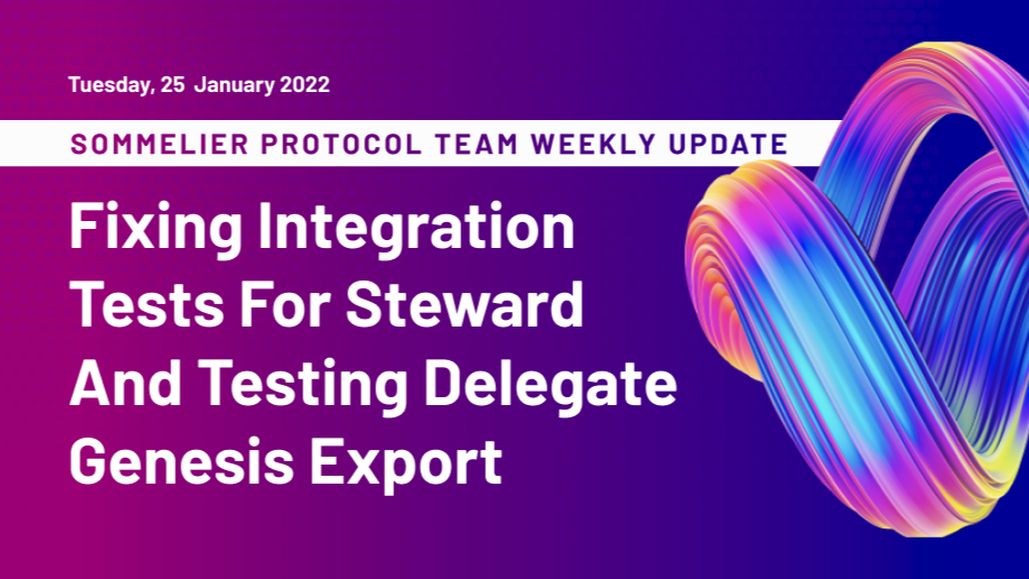
Sommelier Protocol Team Weekly Update #6
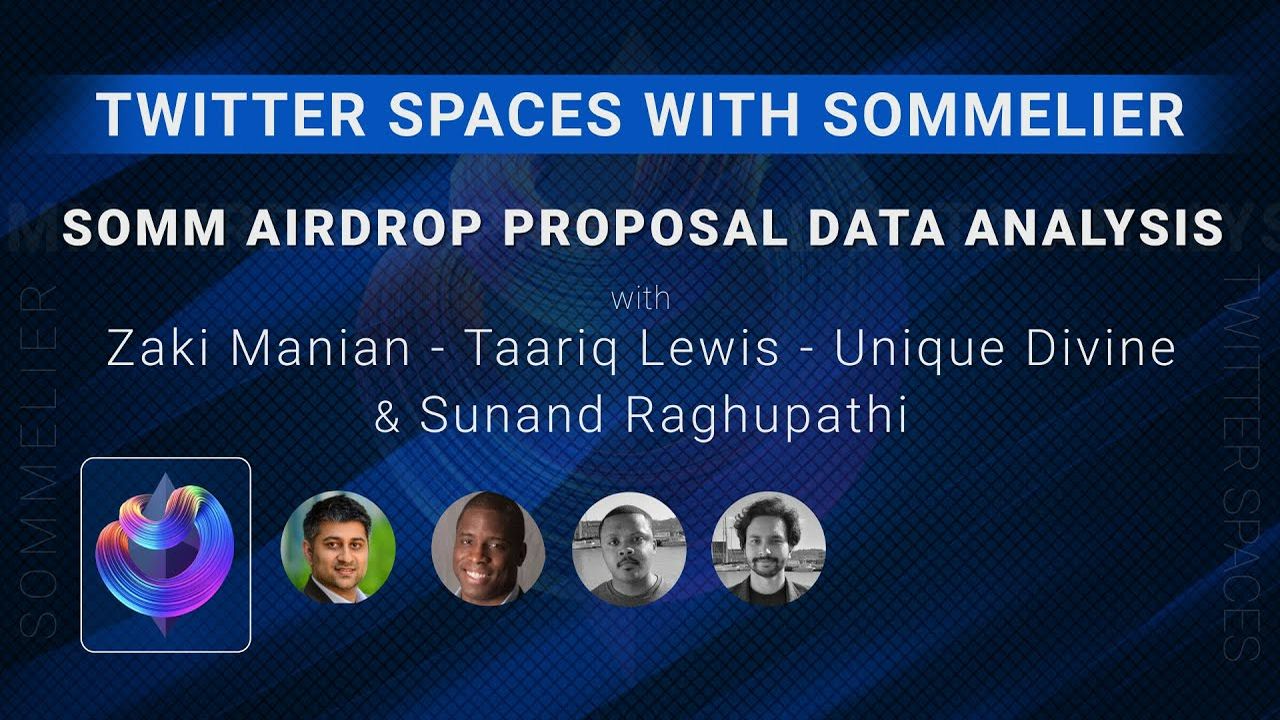
Twitter Spaces With Sommelier: SOMM Airdrop Proposal Data Analysis
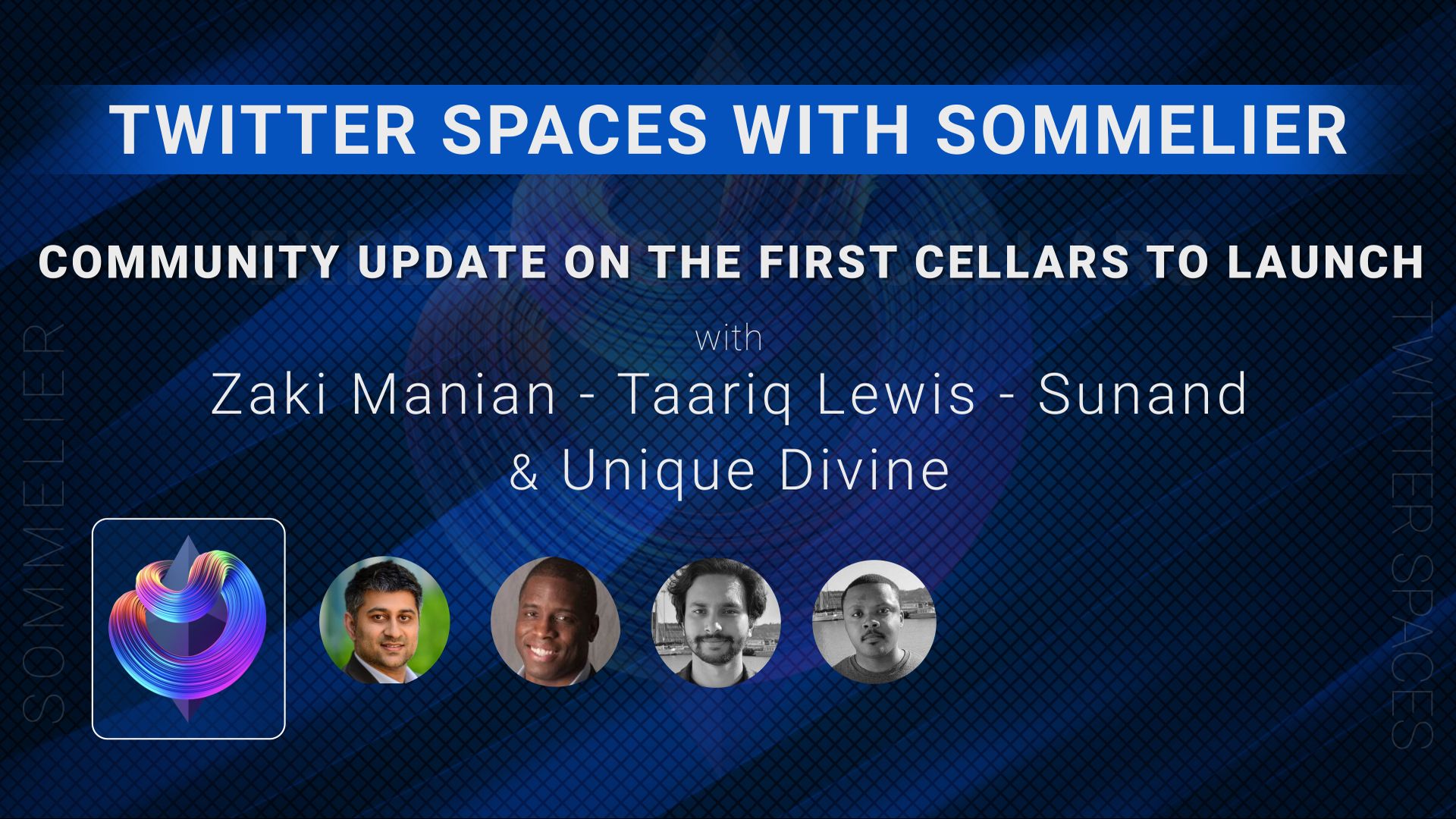
Twitter Spaces With Sommelier: Community Update on the First Cellars to Launch
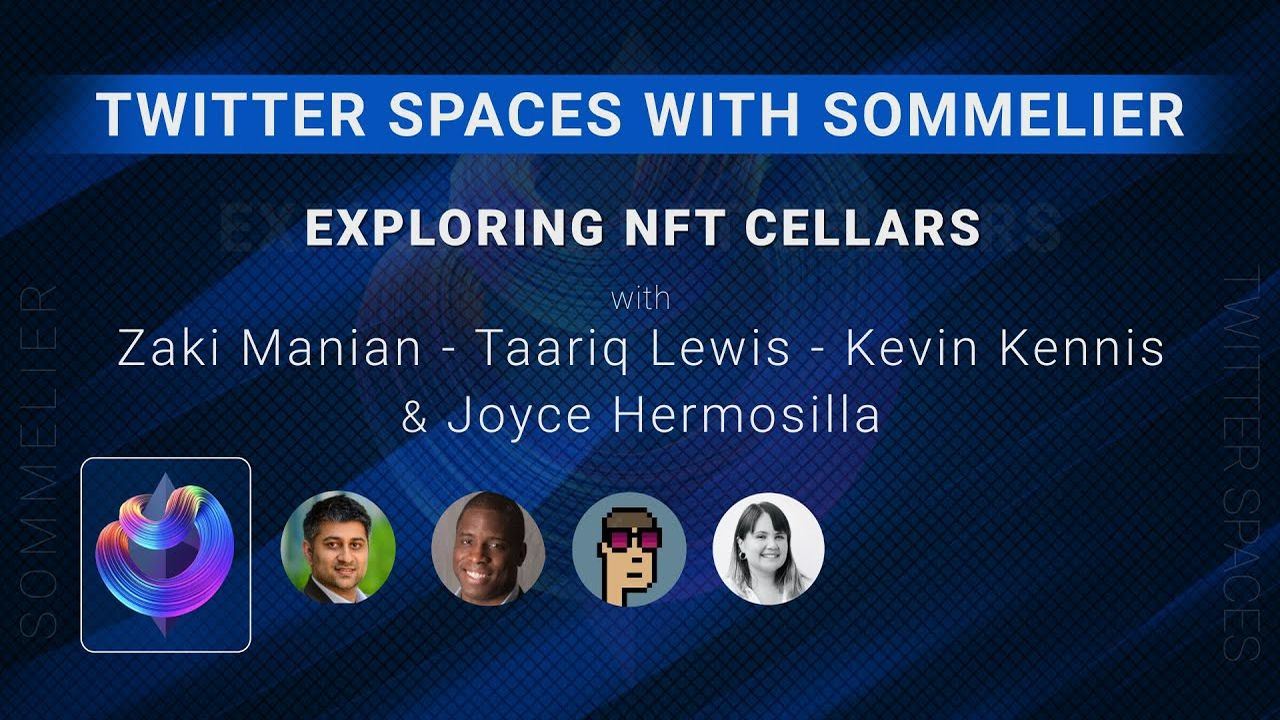
Twitter Spaces With Sommelier: Exploring NFT Cellars

Sommelier Protocol Team Weekly Update #1
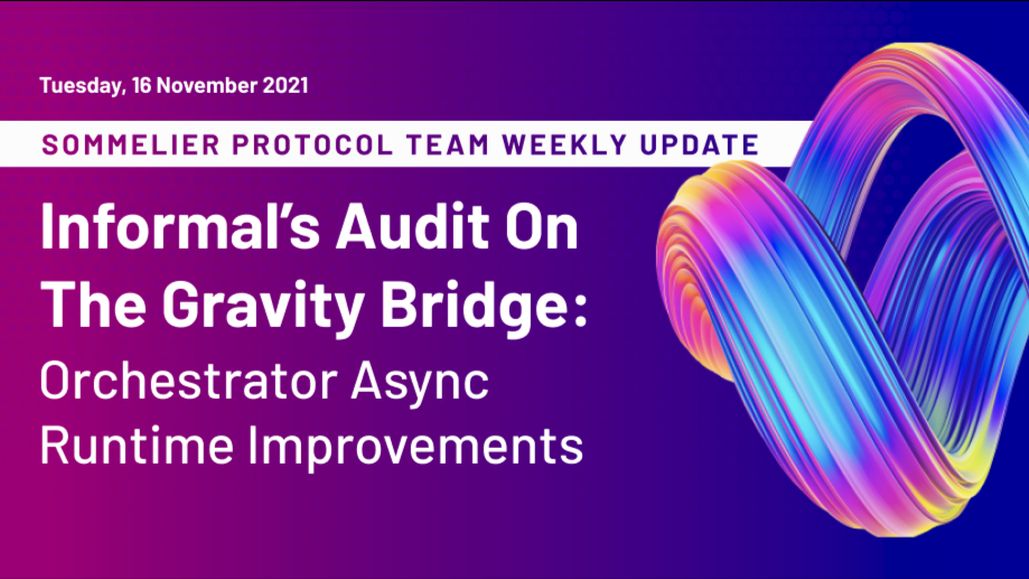
Sommelier Protocol Team Weekly Update #2
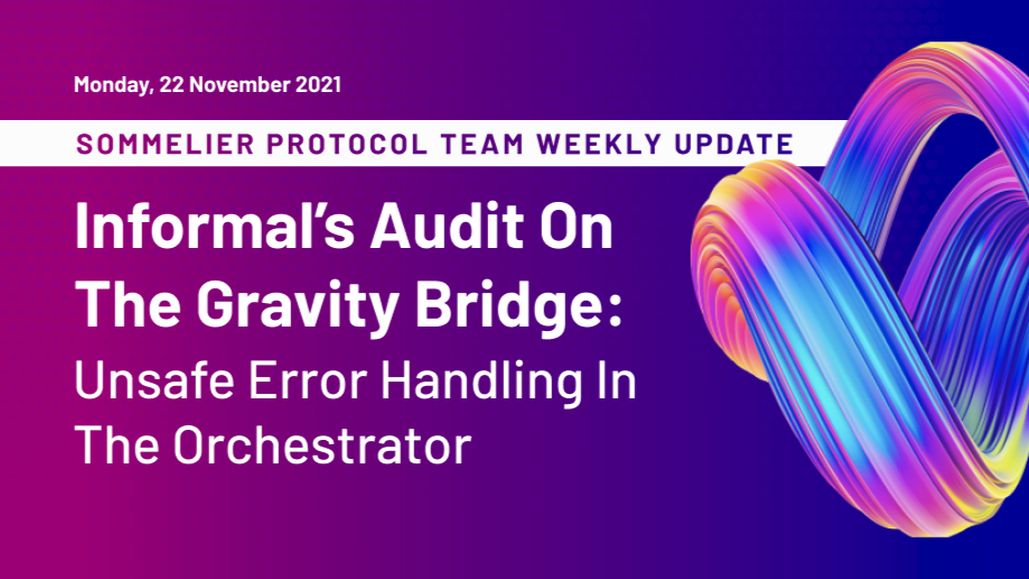
Sommelier Protocol Team Weekly Update #3

Three Things You Need to Know About Sommelier Governance This Week
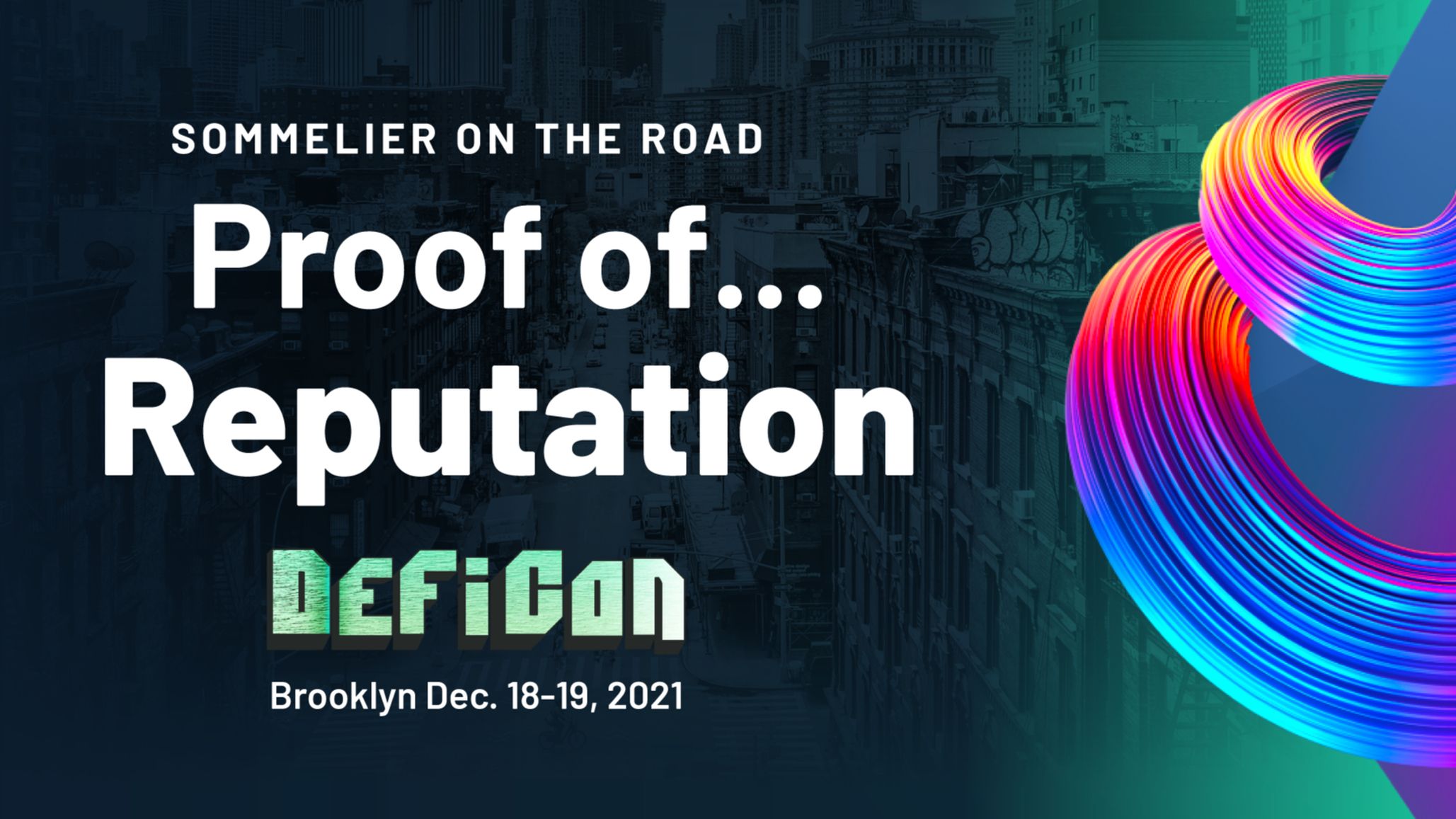
Sommelier On the Road: PROOF OF…REPUTATION
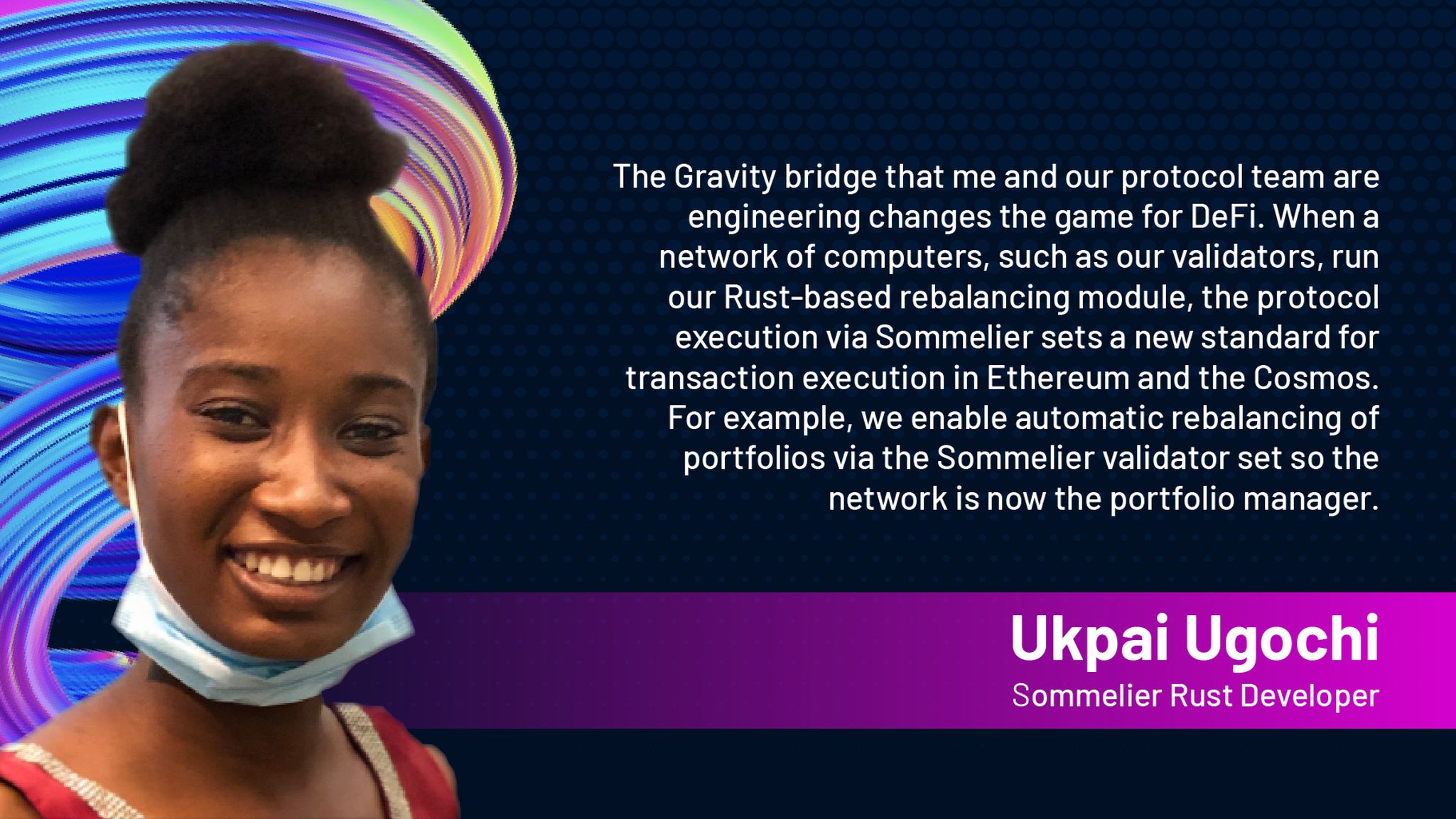
Introducing Ukpai Ugochi - Working on The Sommelier Cellars Rebalancer
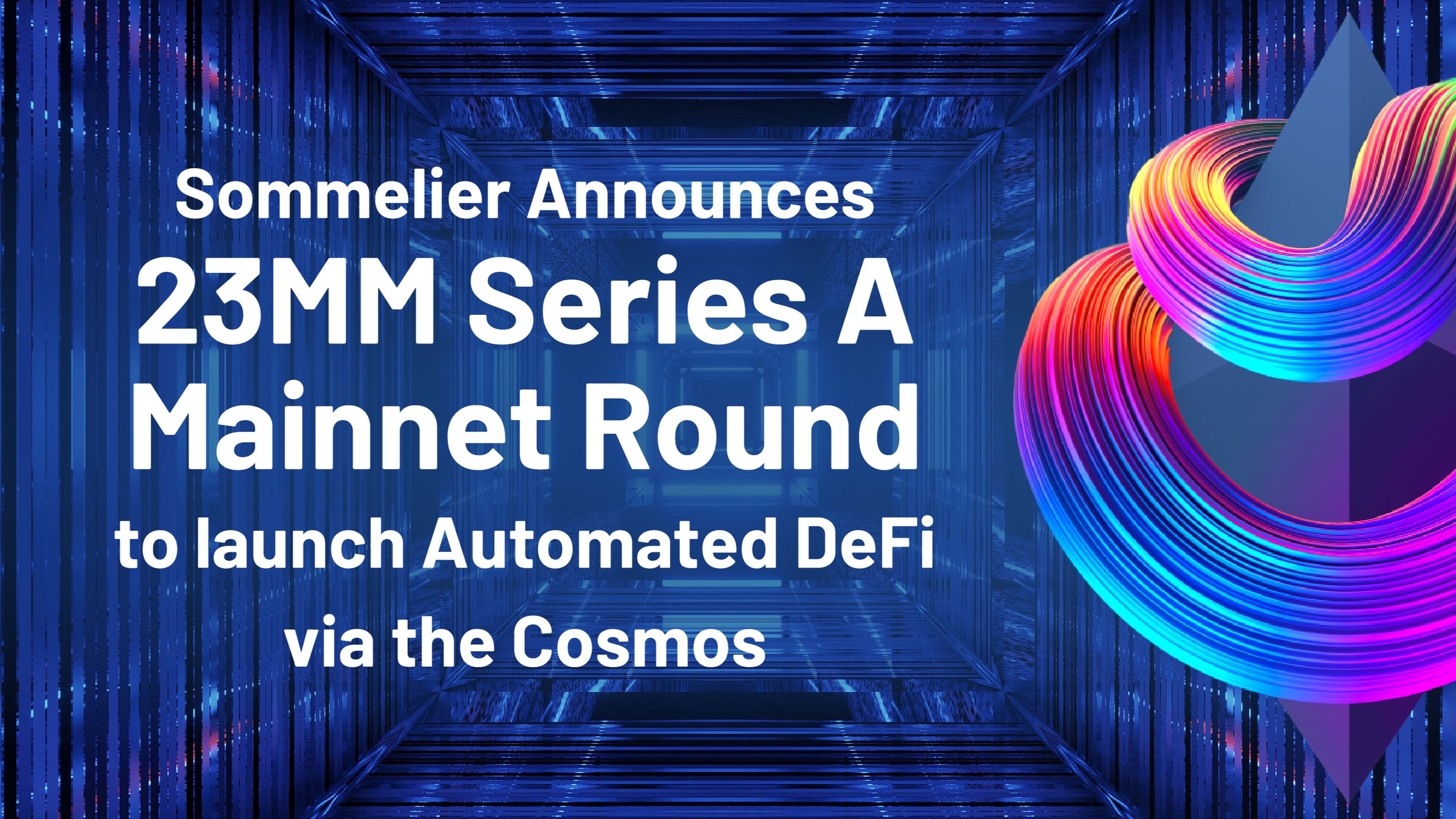
Sommelier Announces 23MM Series A Mainnet Round to launch Automated DeFi via the Cosmos
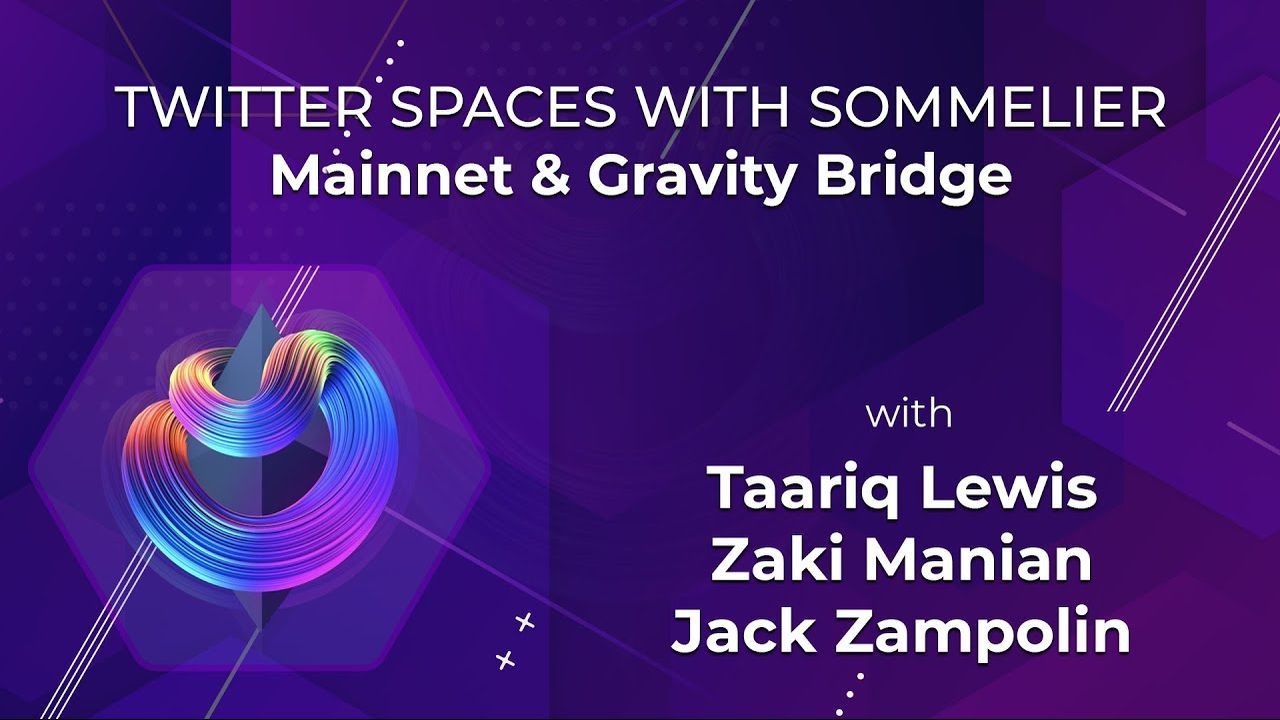
Twitter Spaces With Sommelier: Mainnet Launch & Gravity Bridge
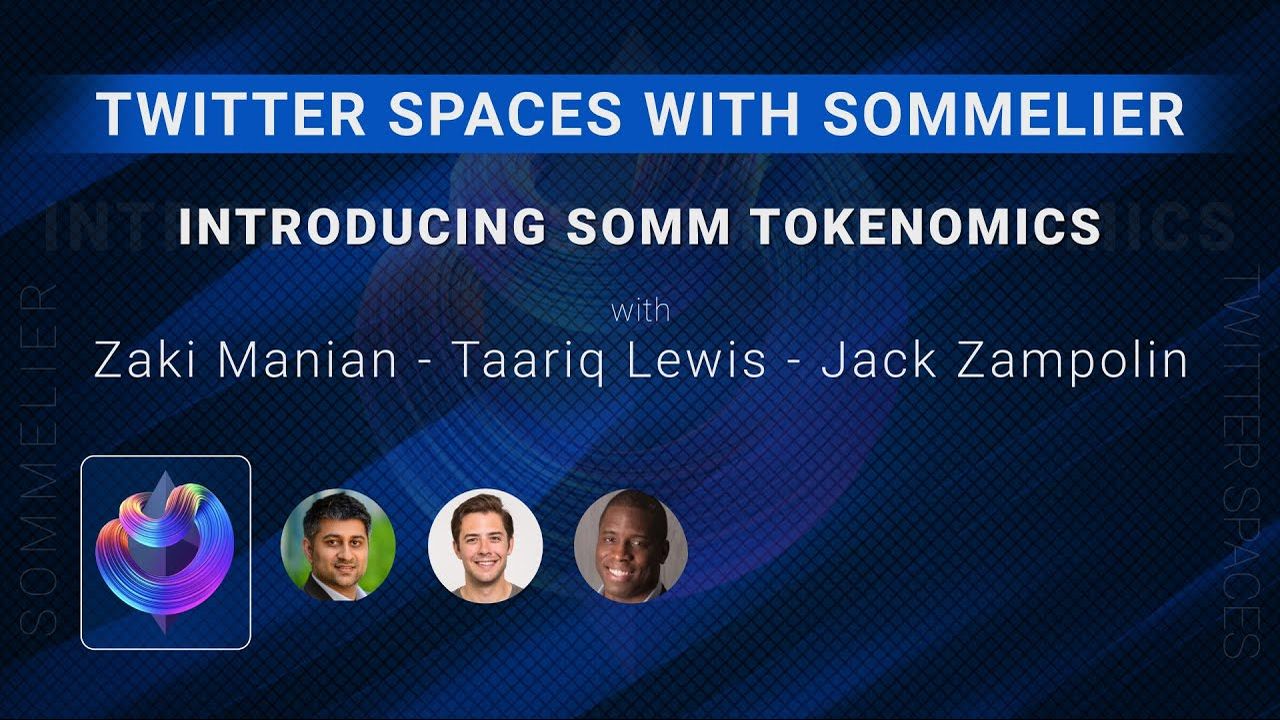
Twitter Spaces With Sommelier: Introducing SOMM Tokenomics

Twitter Spaces With Sommelier: Mysten Labs AMA With Evan Cheng

Introducing SIPS and Sommelier’s Governance Structure

Twitter Spaces With Sommelier: End of Year AMA 2021

Twitter Spaces With Sommelier: Intro to SIPS & Lisbon Blockchain Week
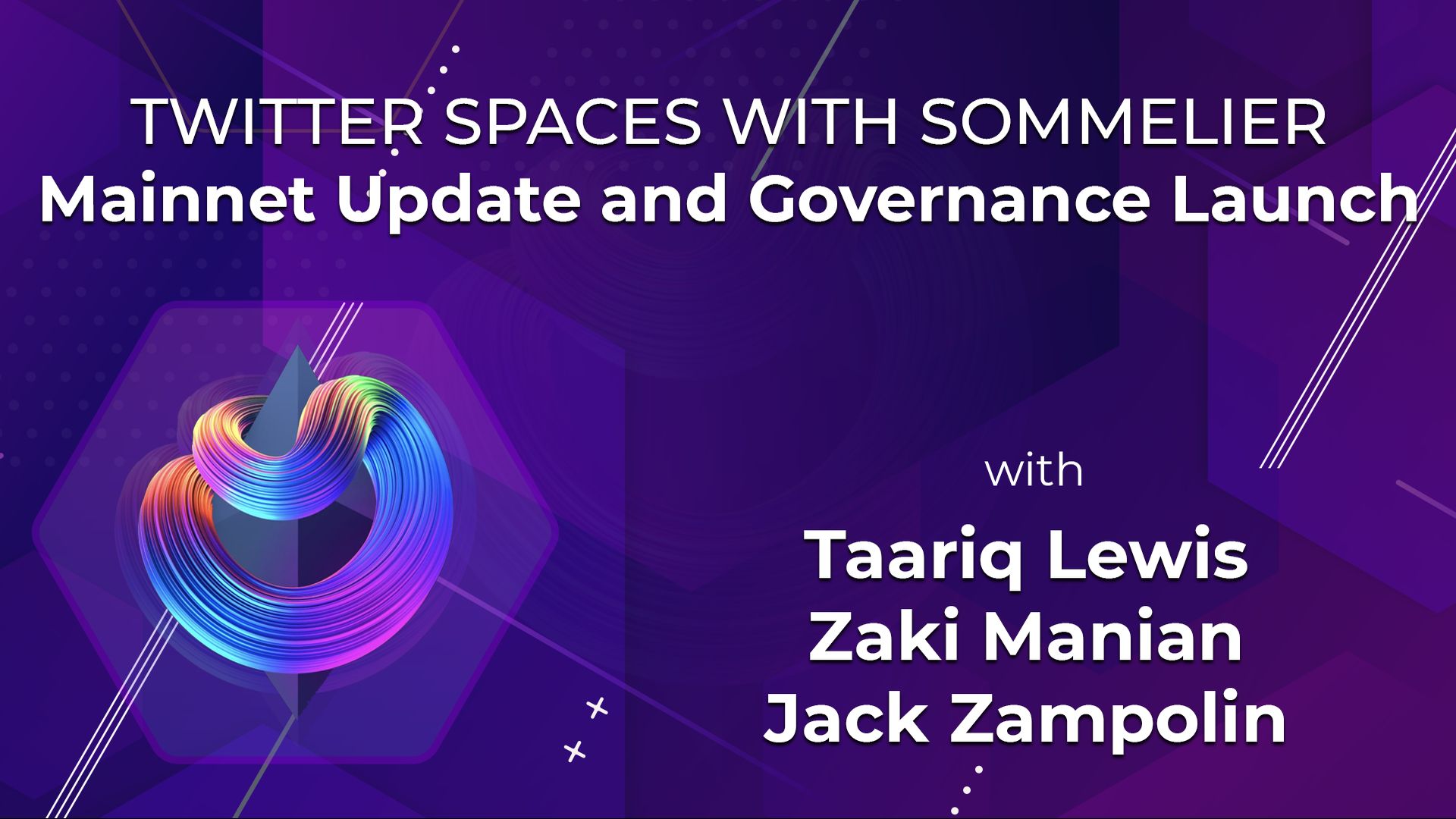
Twitter Spaces With the Sommeliers: Mainnet Update and Governance Launch

Sommelier Partners With Mysten Labs to Make Sommelier and All Cosmos Blockchains the Fastest Protocols on the Planet
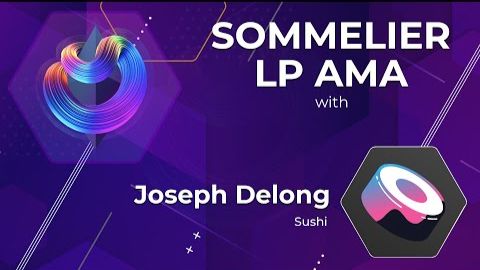
Twitter Spaces With the Sommeliers: Sushi AMA With Joseph Delong
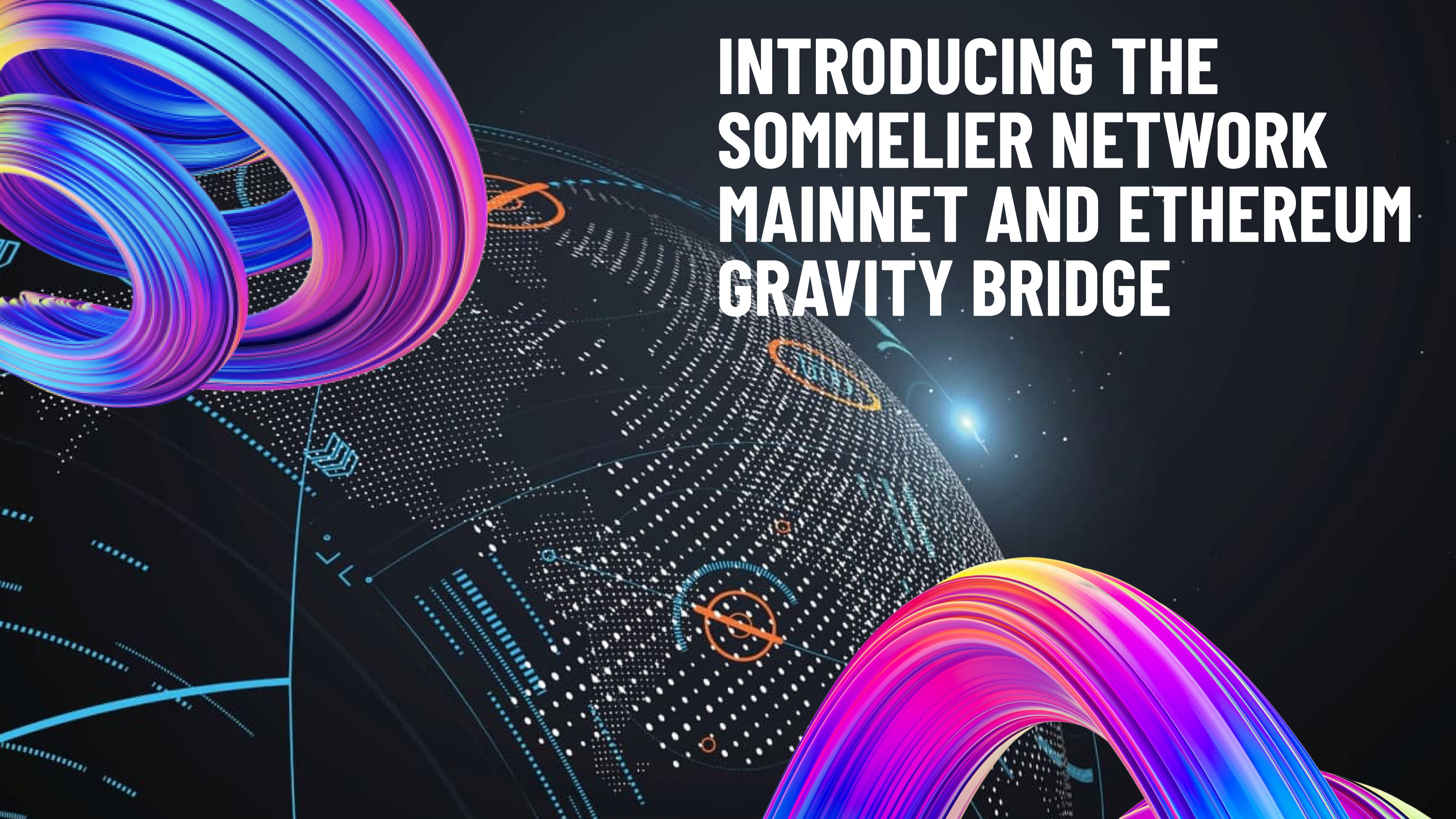
Introducing the Sommelier Network Mainnet and Ethereum Gravity Bridge
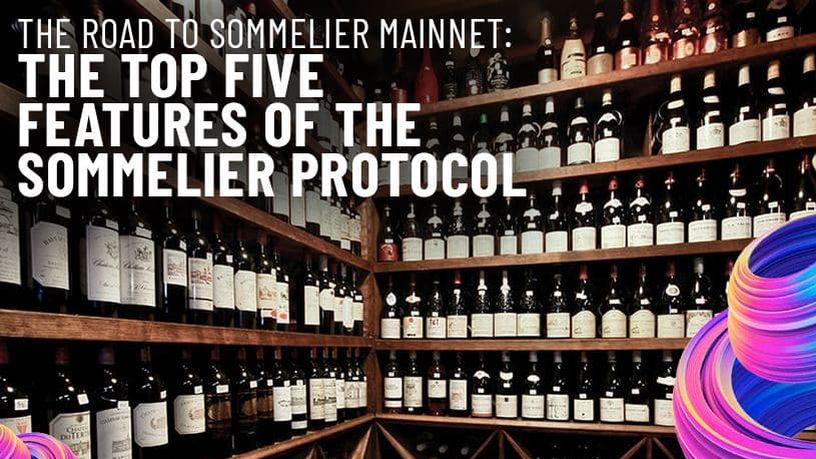
The Top Five Features of the Sommelier Protocol

Call for Validators: The Two Step Process for 2021

Two New Features Launched to Test Liquidity Management on Uniswap v3

Uniswap v3 Remove Smart Contract Incident Post Mortem for Sommelier
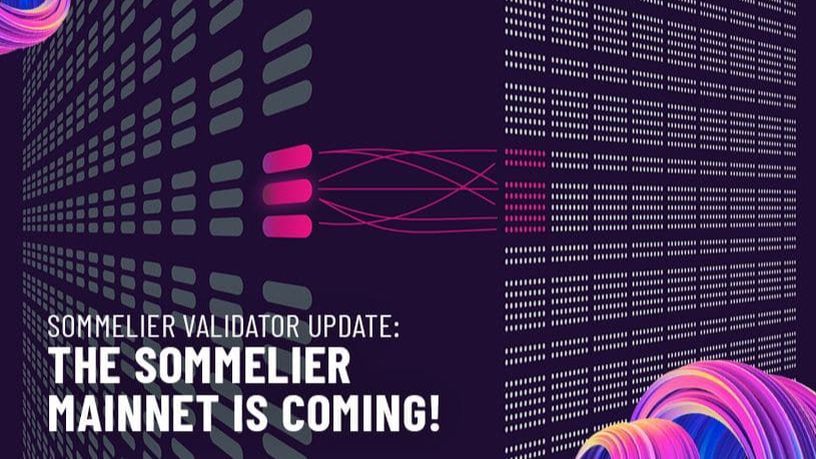
Call for Validators: Road to Sommelier Mainnet
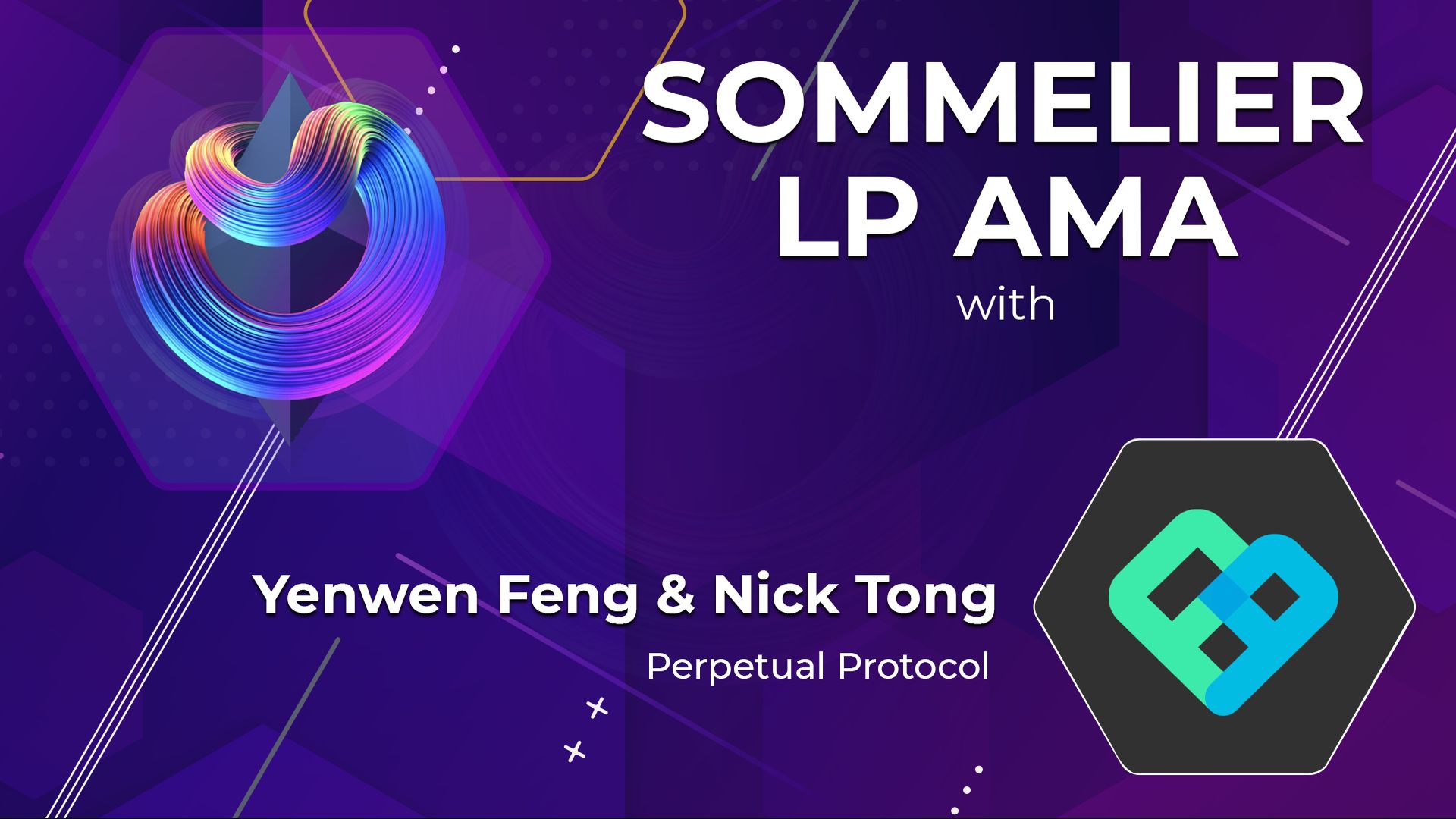
Sommelier Liquidity AMA With Yenwen and Nick From Perpetual Protocol
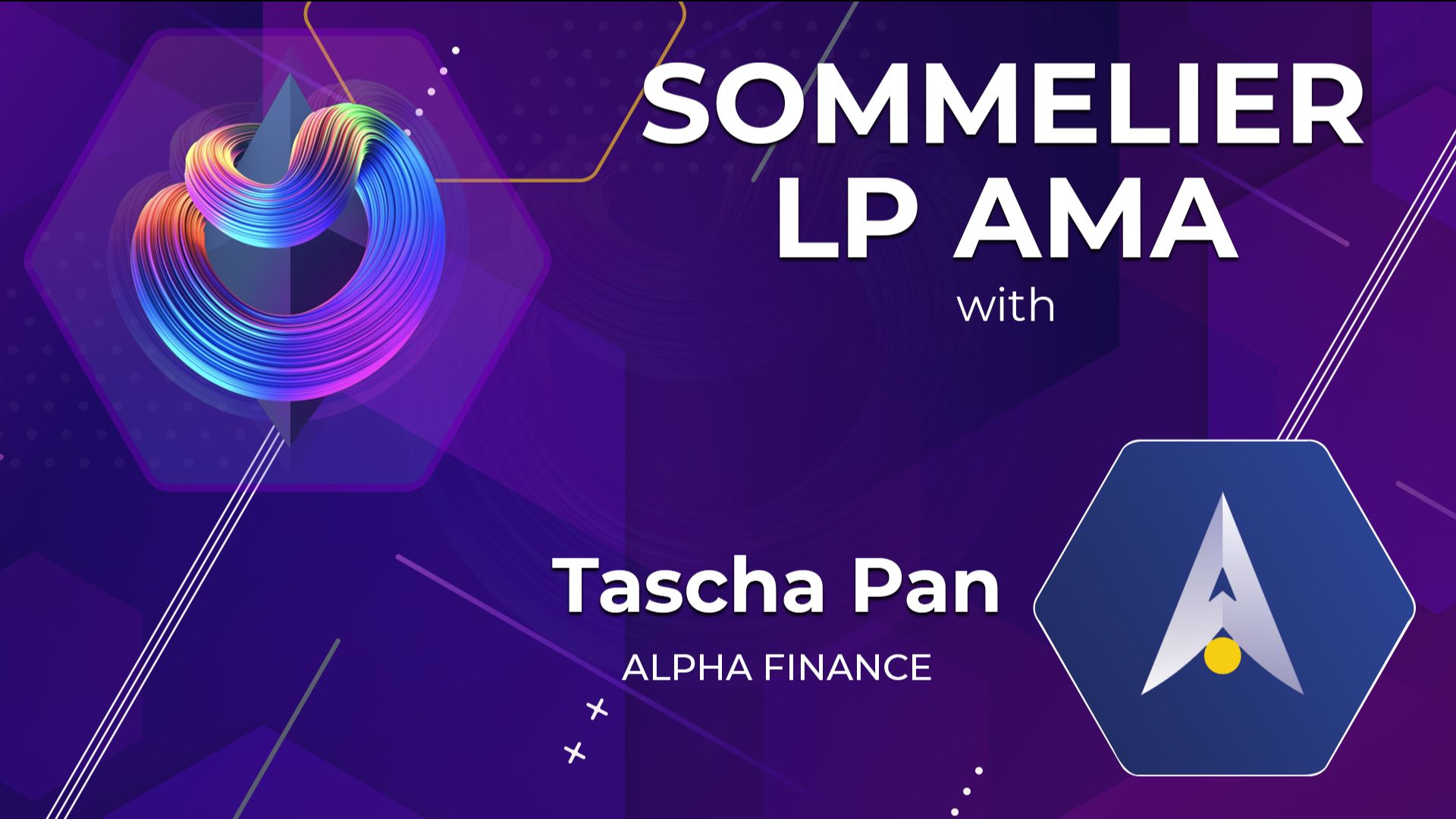
Sommelier Liquidity AMA With Tascha Pan From Alpha Finance
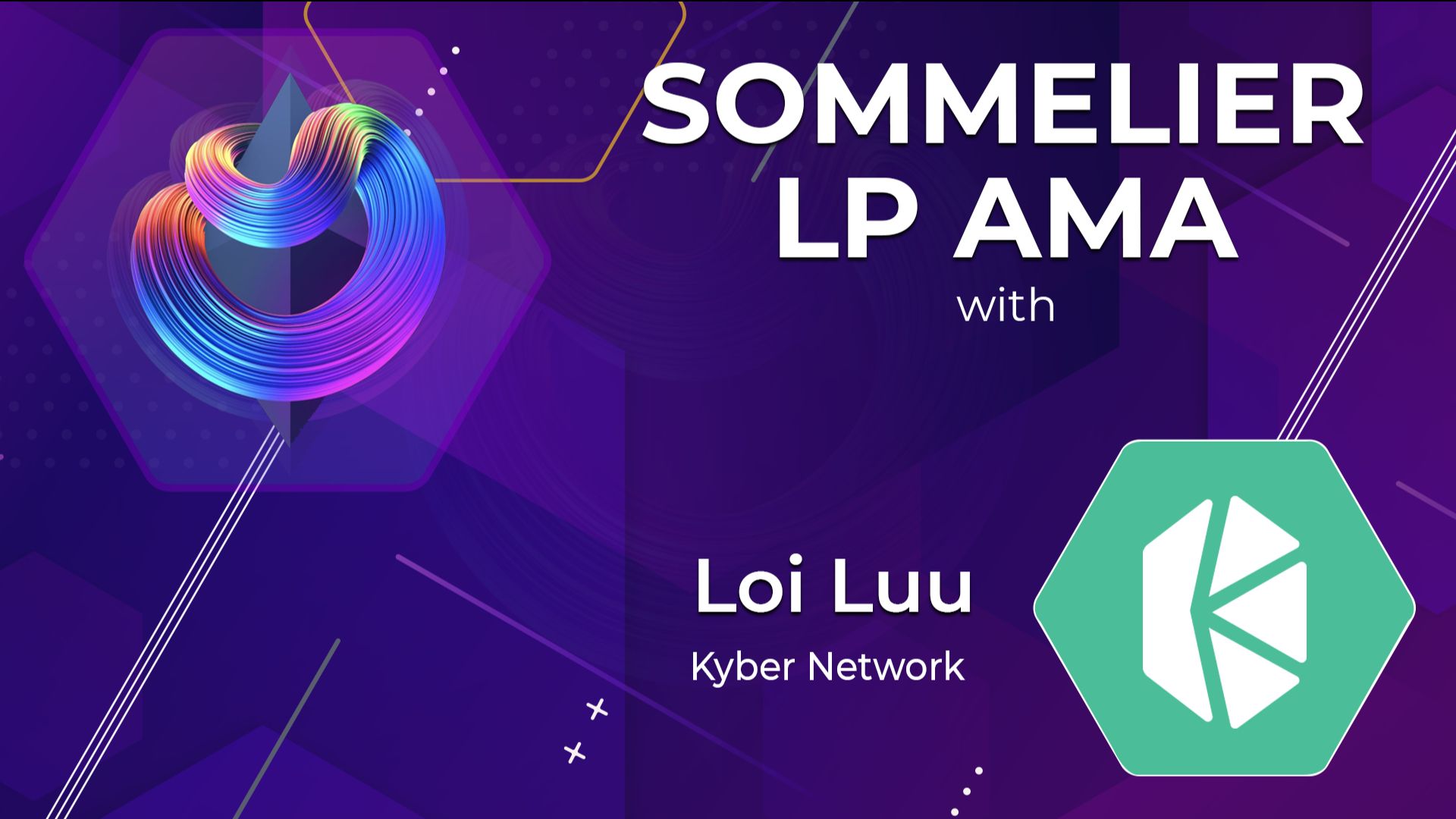
Sommelier Liquidity AMA With Loi Luu From Kyber Network

Sommelier Liquidity AMA With Alex From Peanut
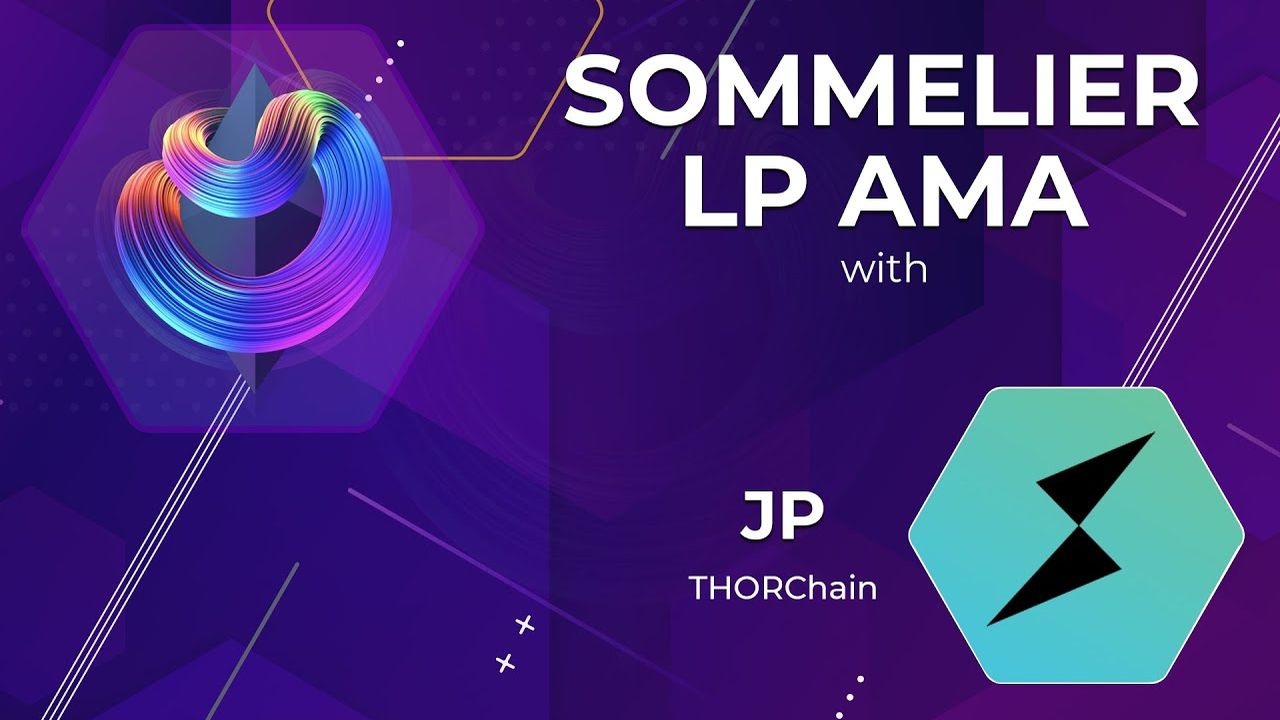
Sommelier Liquidity AMA With JP From THORChain

Sommelier Liquidity AMA With Alan Chiu From OMGX Network

Sommelier Liquidity AMA With Ari From Gelato Network
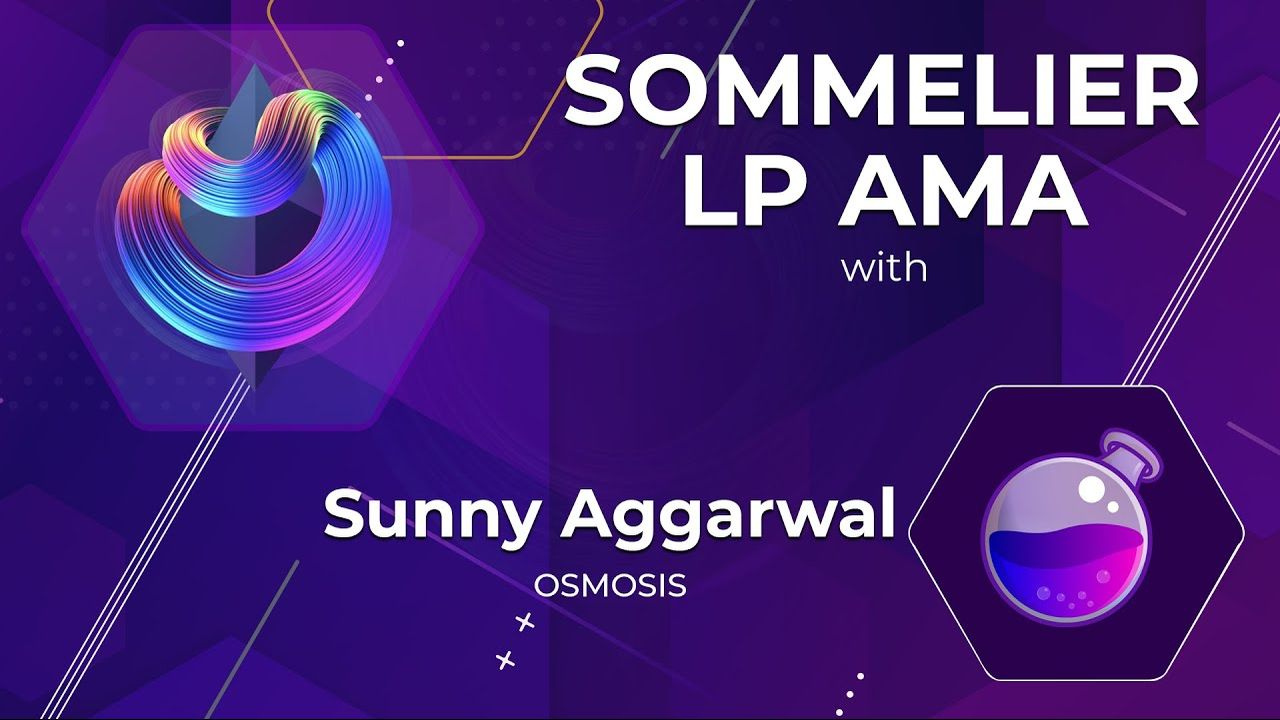
Sommelier Liquidity AMA With Sunny Aggarwal From Osmosis

A Fine Sommelier Explanation of Bollinger Bands With Kevin Kennis

Sommelier Liquidity AMA With Mona El Isa From Enzyme

Sommelier Liquidity AMA With Haxor From Method Finance

Sommelier Liquidity AMA With Tor From Secret Network
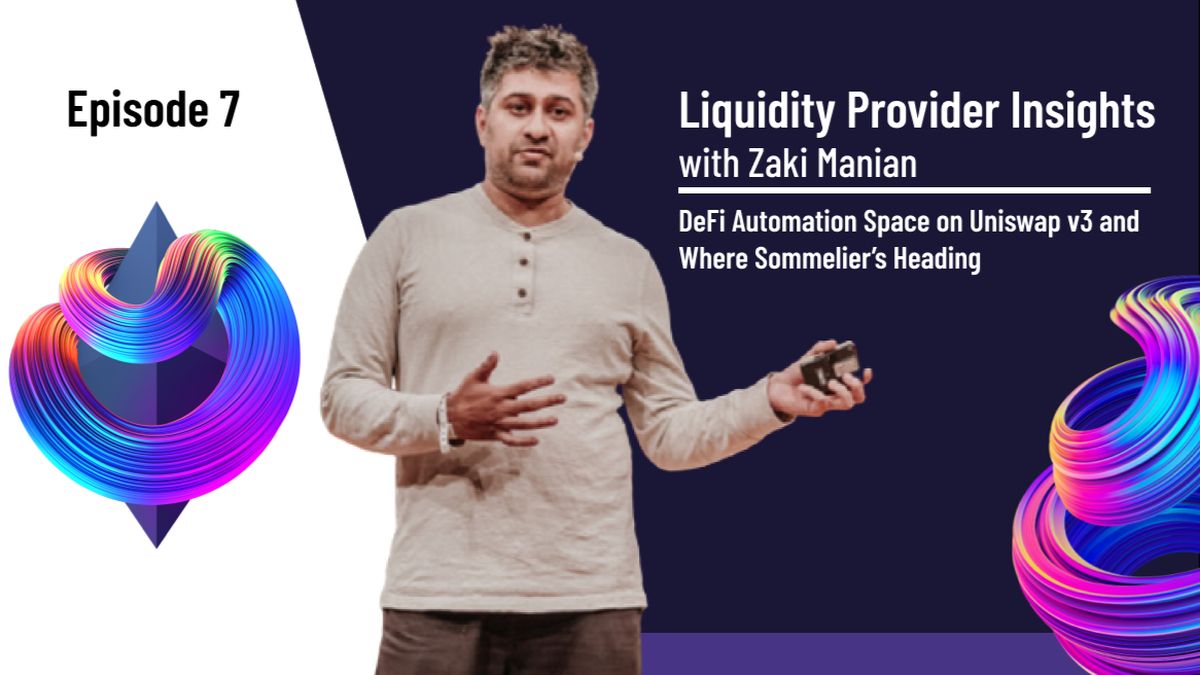
Liquidity Provider Insights With Zaki Manian - Ep. 7 - DeFi Automation Space on Uniswap v3 and Where Sommelier’s Heading
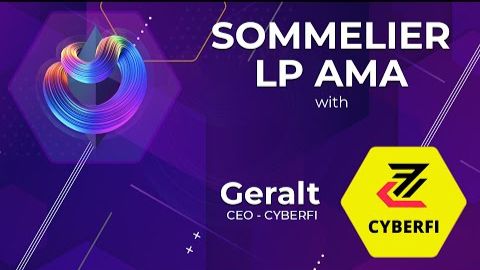
Sommelier Liquidity AMA With Geralt From CyberFi

A Pairings Tutorial of Two Sided Liquidity Addition with Sommelier
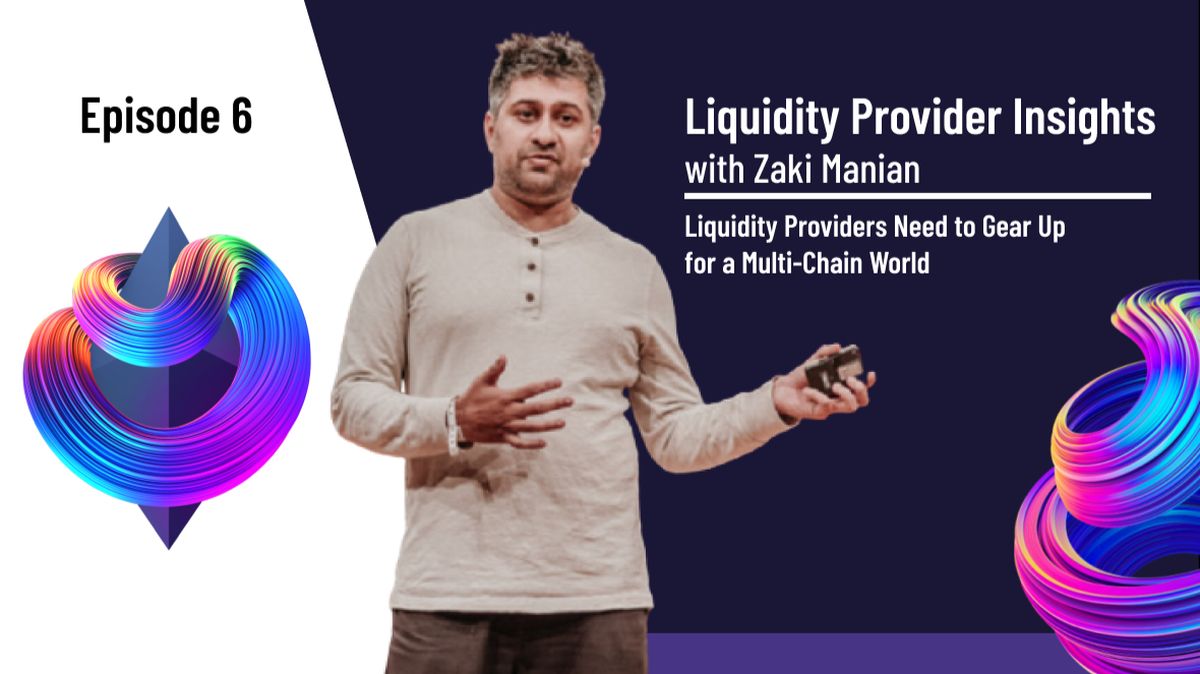
Liquidity Provider Insights with Zaki Manian - Ep. 6 - Liquidity Providers Need to Gear Up for a Multi-Chain World

Three New Summer Features for Liquidity Providers

Sommelier Liquidity AMA with Tom C and Max W from Charm

Sommelier Liquidity AMA with Dereek69 & Shalaquiana from BIOPset

Sommelier This Week - June 3rd 2021: The Road to Mainnet
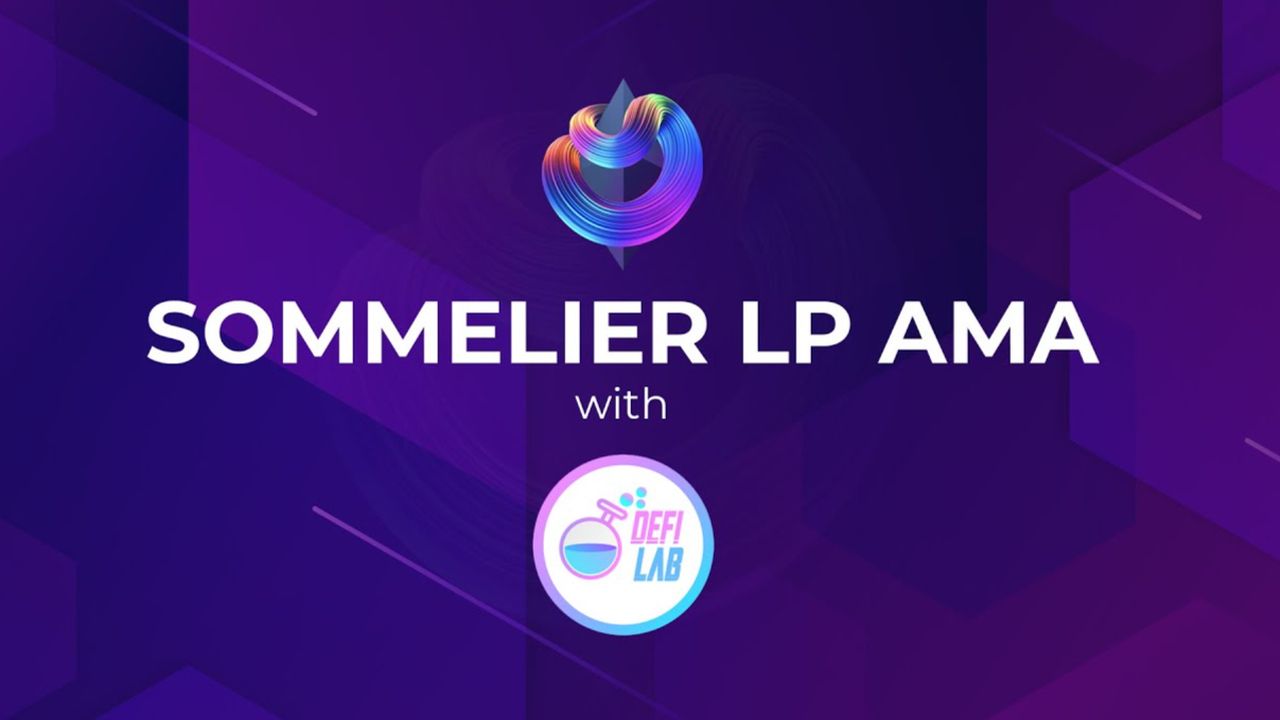
Sommelier Liquidity AMA with Federico Landini from DefiLab
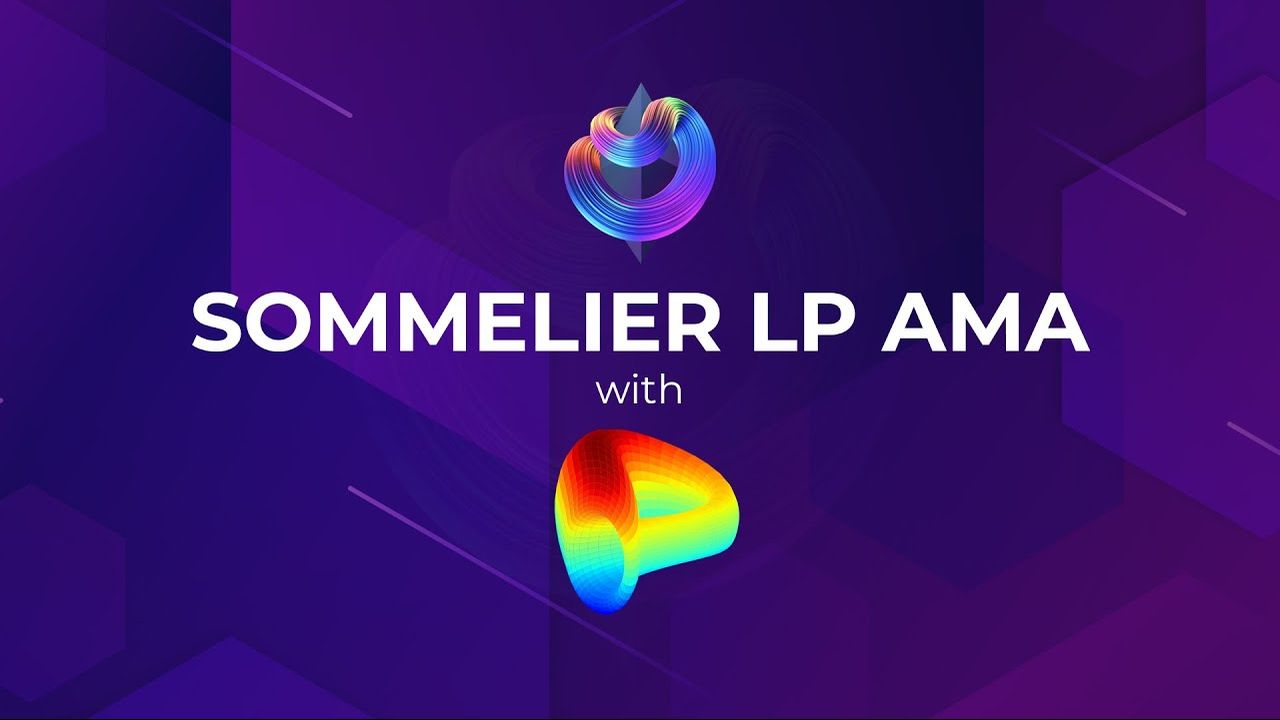
Sommelier Liquidity AMA with Michael Egorov from Curve
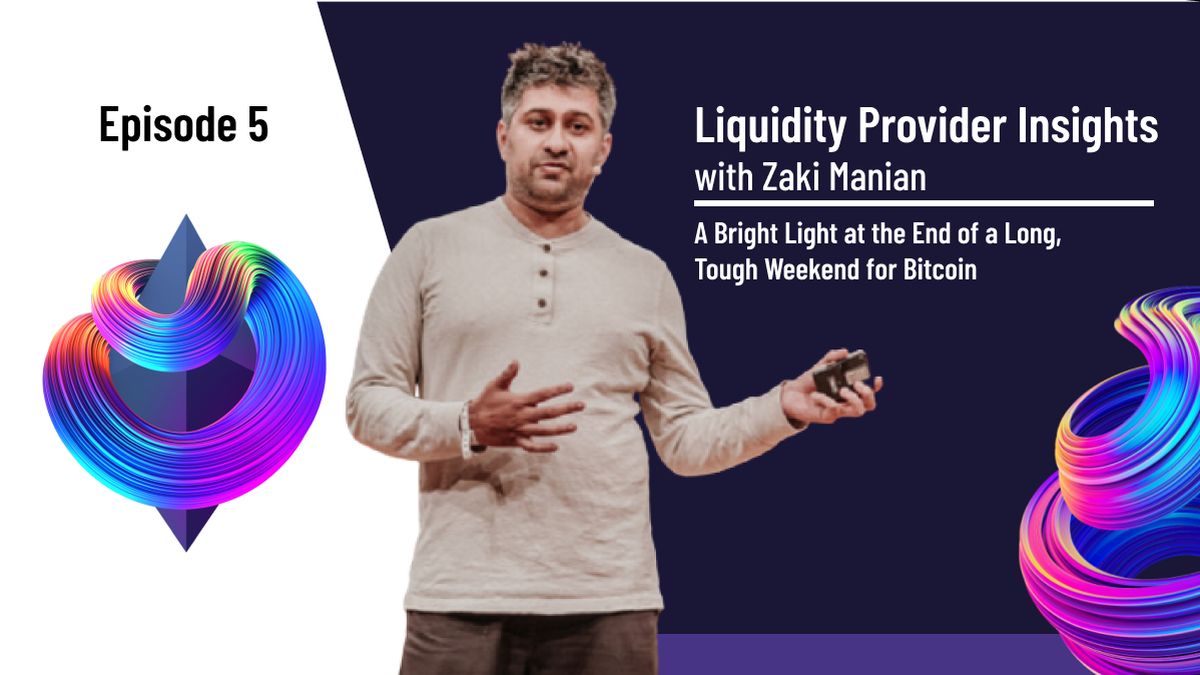
Liquidity Provider Insights with Zaki Manian - Ep. 5 - A Bright Light at the End of a Long, Tough Weekend for Bitcoin

Sommelier This Week - May 27th 2021: What Aspiring Sommelier Validators Need to Know on Last Week’s Protocol and App Progress
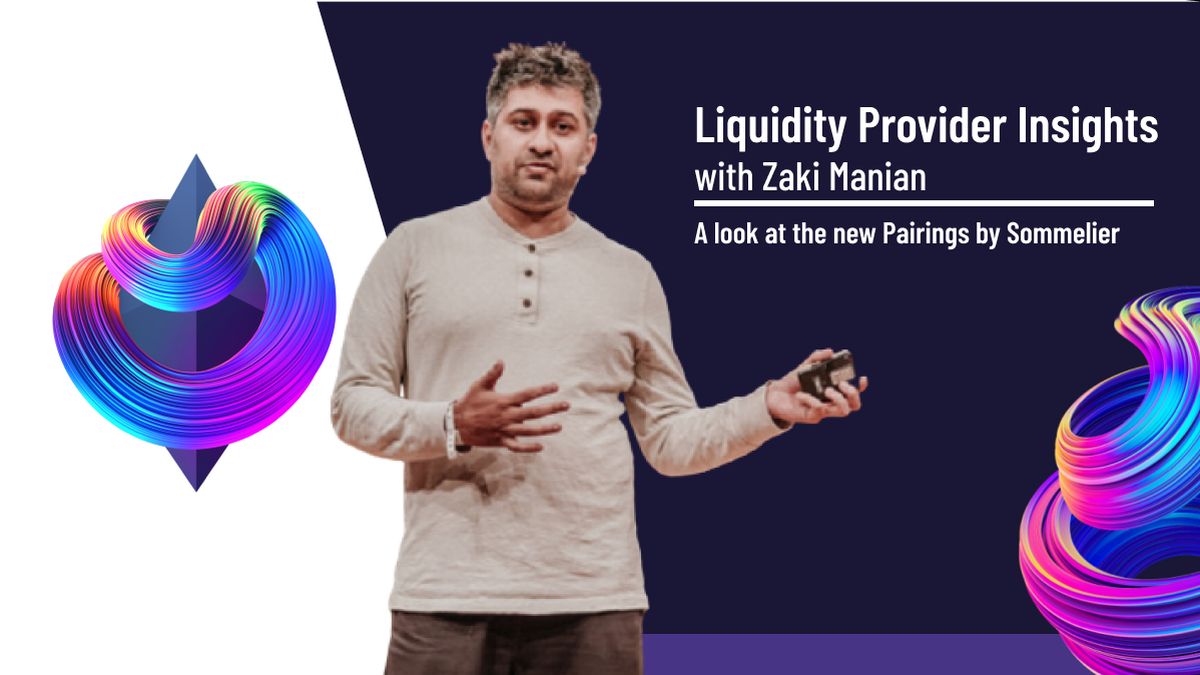
Liquidity Provider Insights with Zaki Manian (Special Edition) - Ep. 4 - New Pairings Release
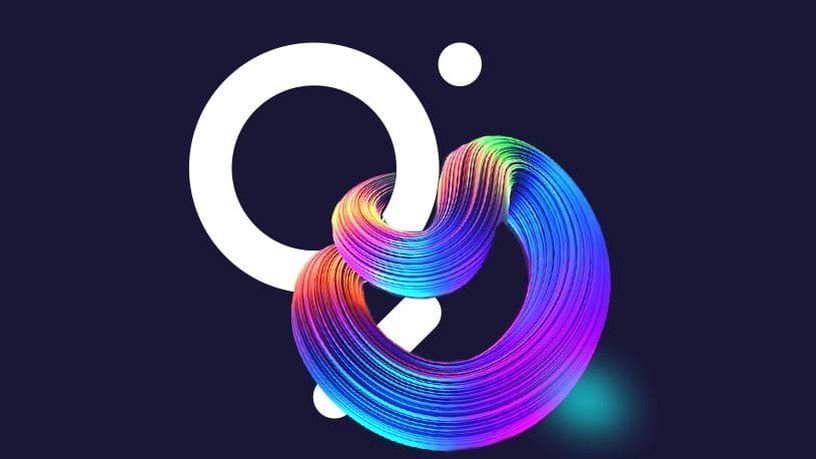
Sommelier R&D AMA With Yaniv Tal From the Graph

Sommelier Liquidity AMA with MacLane Wilkison from NuCypher

The Eight Steps to Become a Liquidity Provider with Pairings

Sommelier NFT Awards - May 18th, 2021
Pairings By Sommelier: The FAQ

Zaki Manian Breaks Down What Liquidity Providers Need to Know Under Uniswap v3

Sommelier This Week - May 6th 2021: How This Week’s Protocol and App Progress Weaves Together to Make a Product
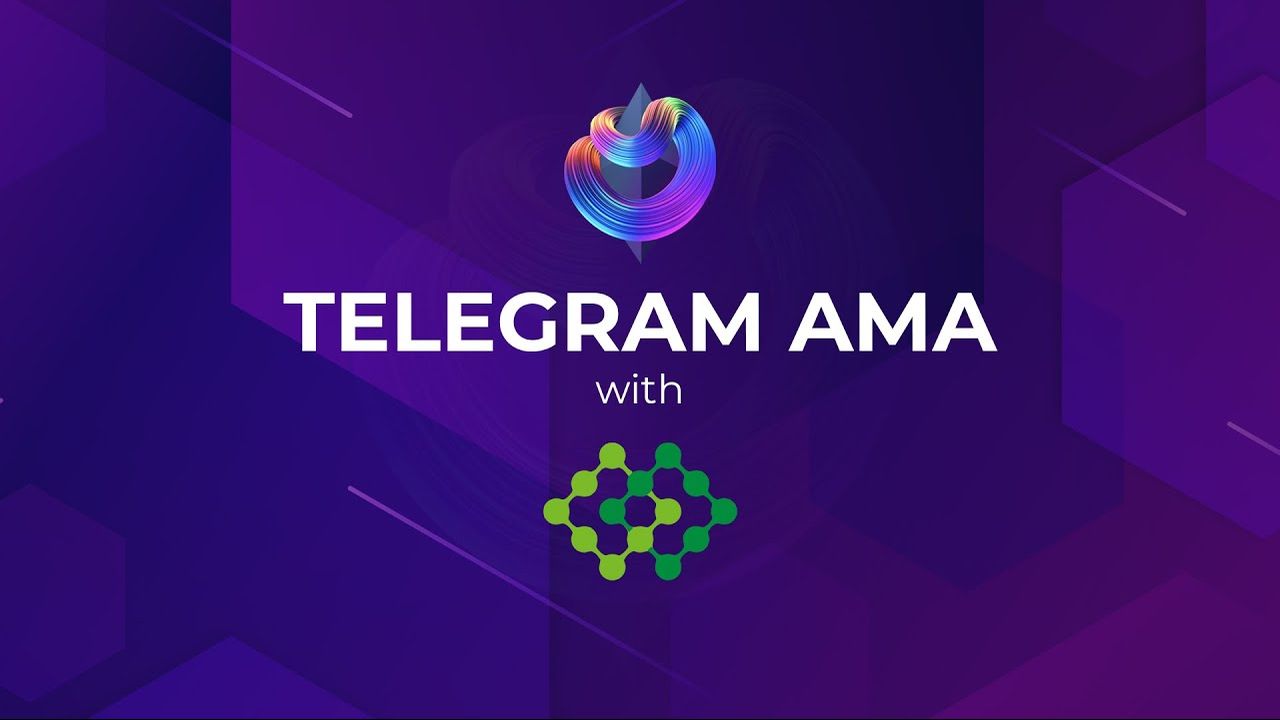
Sommelier Liquidity AMA with Dan Thomson from InsurAce

Sommelier This Week - April 29th 2021: Weeks Away From a Taste of the Sommelier App Experience and How the Dev Team Stays on Track
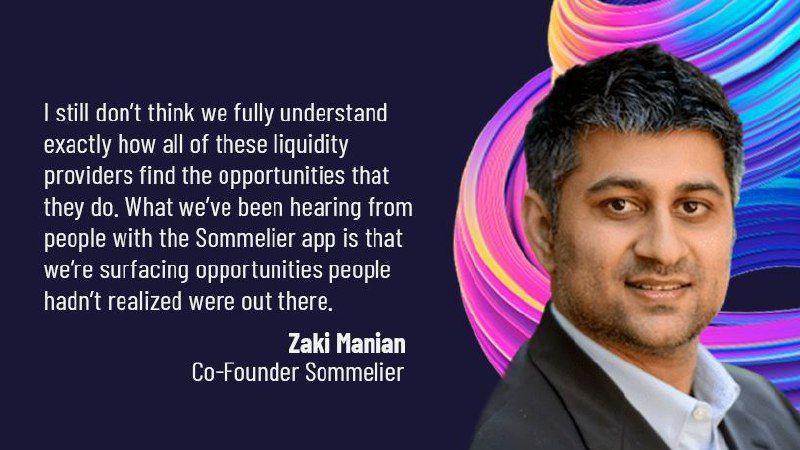
Zaki Manian Breaks Down a Phase Change Liquidity Providers Need to Know About Automated Market Makers

Introducing Jehan Tremback: Sommelier Core Developer and Althea Co-Founder that pushes the Limits of the Blockchain Bridge with Gravity

Sommelier This Week - April 22nd 2021: An Inside Look at Progress on Coordinating Sommelier Components That Contribute to the Chain

Sommelier This Week - April 15th 2021: Providing a Best-in-Class Experience for Uniswap Liquidity Providers

Sommelier Announces $1M R&D Grant from The Graph Foundation

Introducing LP Rewards: This Week With Cellframe
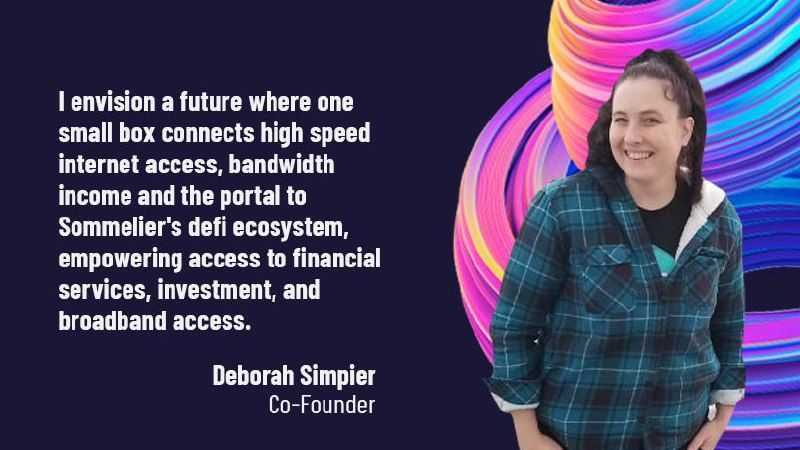
Introducing Deborah Simpier: Althea CEO and Sommelier Co-Founder Who Brought the Gravity Bridge to Life in The Cosmos

Sommelier This Week - April 8th 2021: What Uniswap v3 Means For Sommelier Architecture and Validators
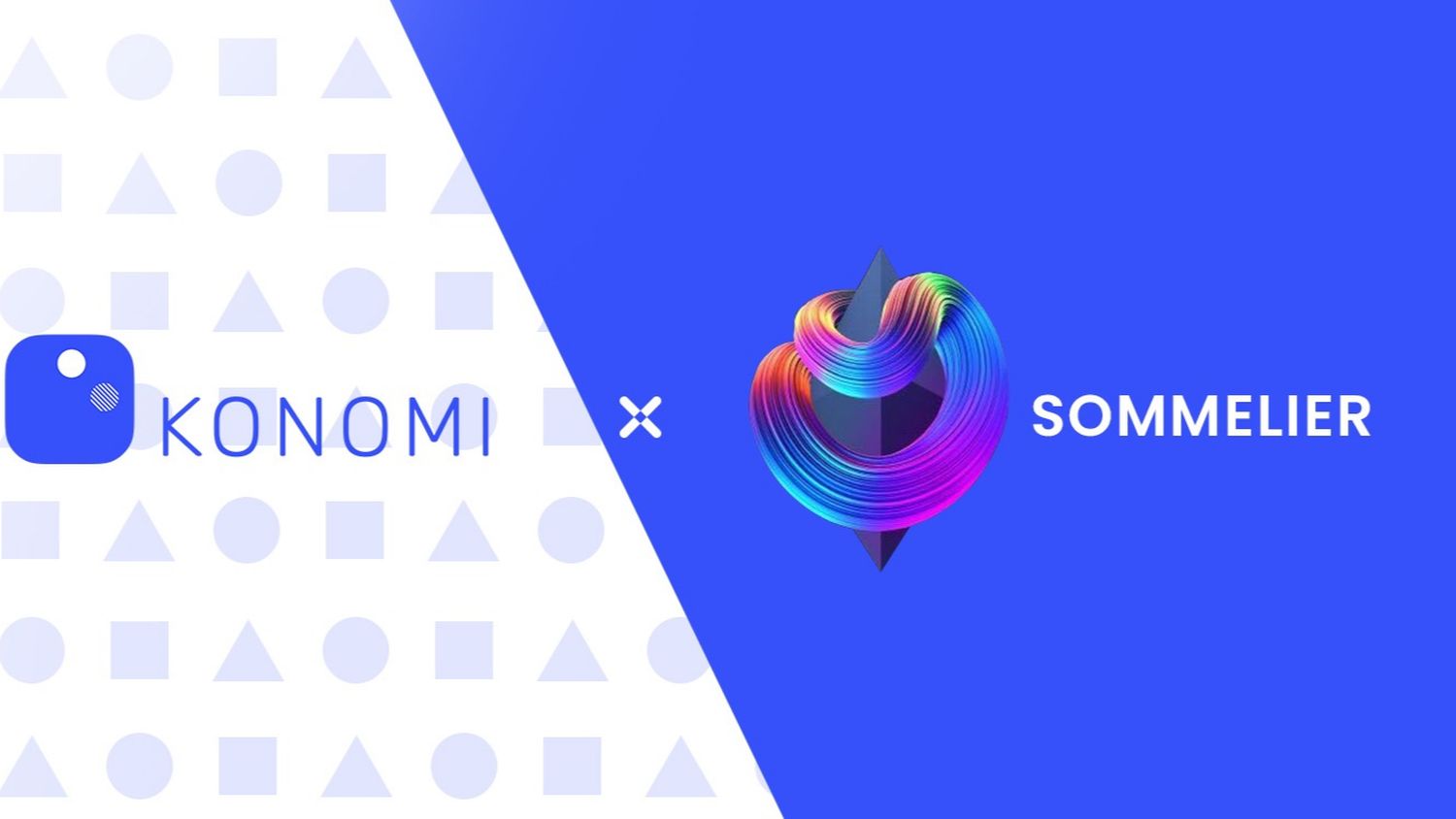
Introducing Sommelier LP Rewards Program

Sommelier This Week - April 1st 2021: Gravity Bridge and Private Testnets
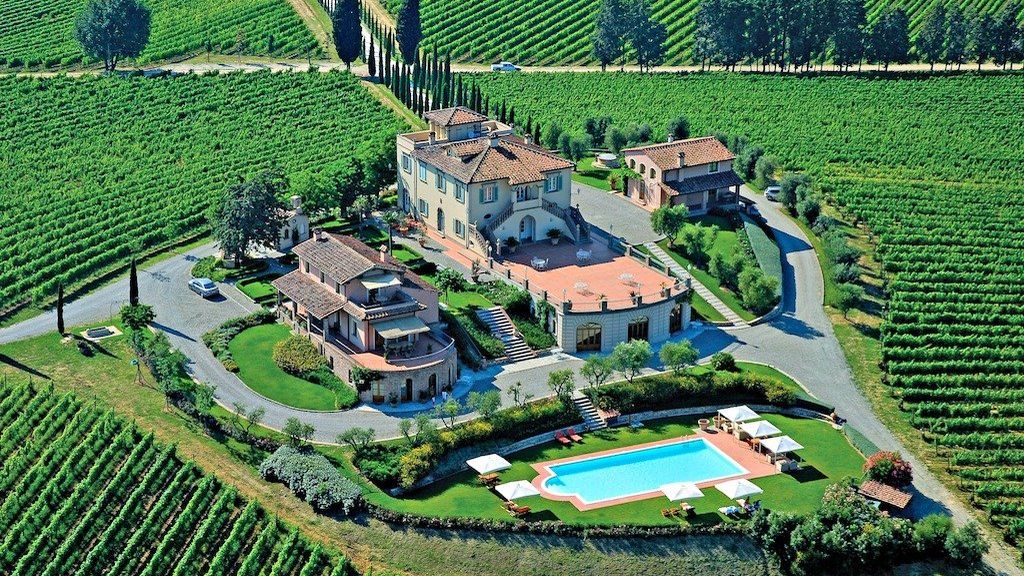
Blockchain startup decides to acquire a California winery and host NFT wine parties

Introducing Justin Kilpatrick: The Blockchain Bridge Wizard Who Maintains Gravity

Five Ways UniswapV3 changes the world for Liquidity Providers on the AMM
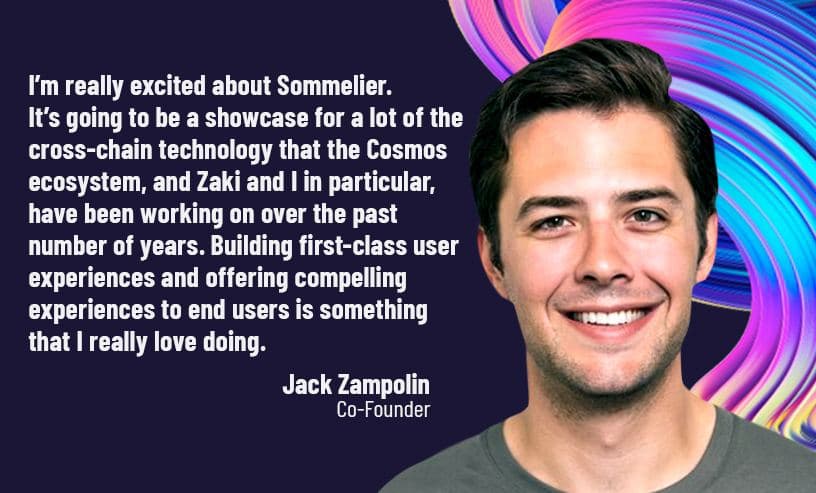
Introducing Jack Zampolin: On Becoming A Sommelier in The Cosmos
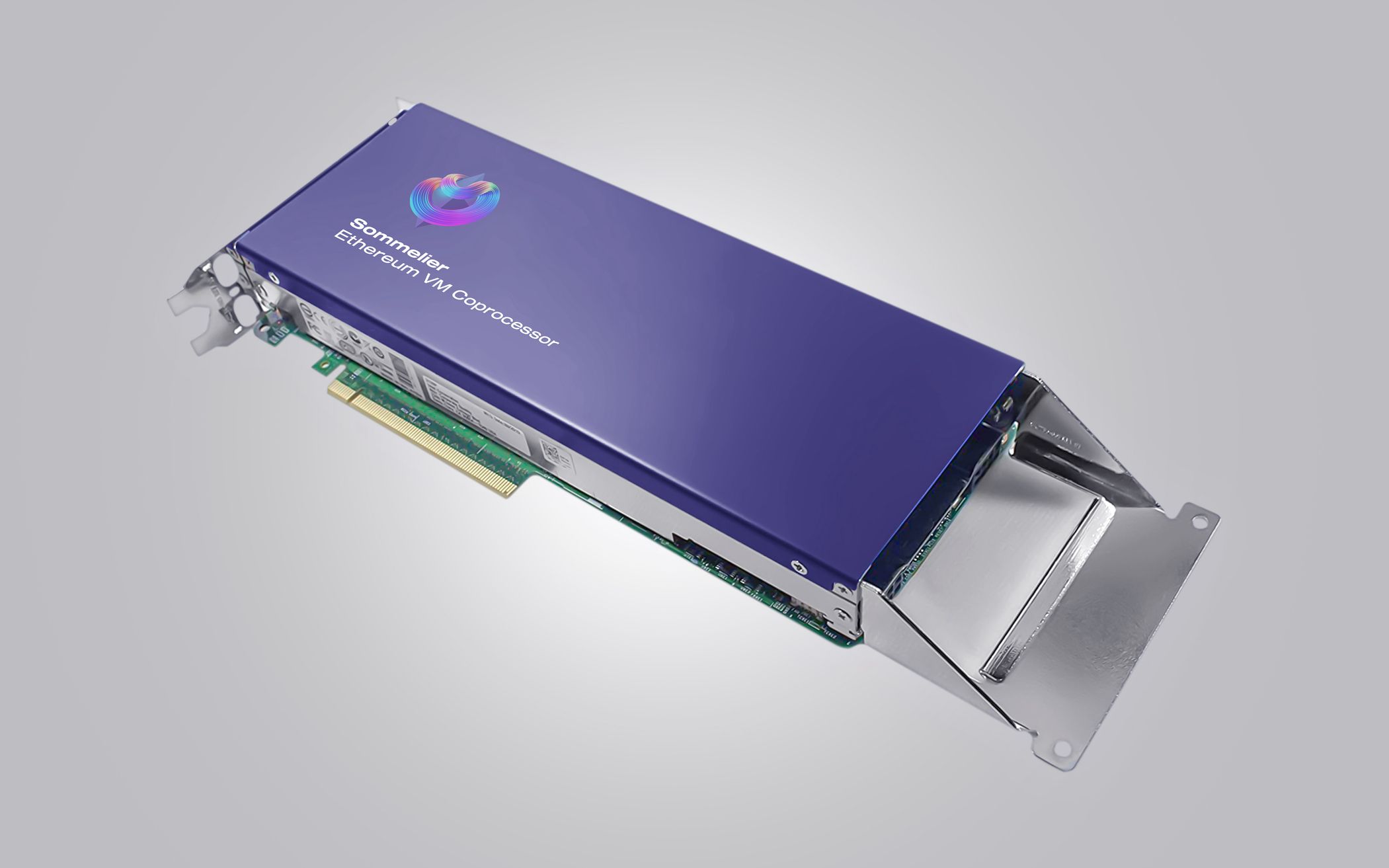
Sommelier: Welcome To The New CoProcessor For Ethereum
© 2025 Somm by Bajanss OÜ –Maakri 36-50, Tallinn, Estonia 10145